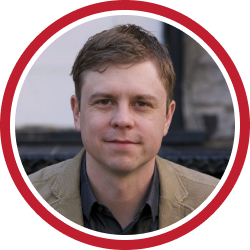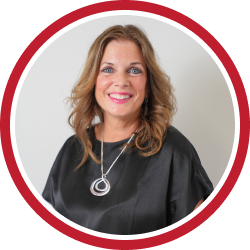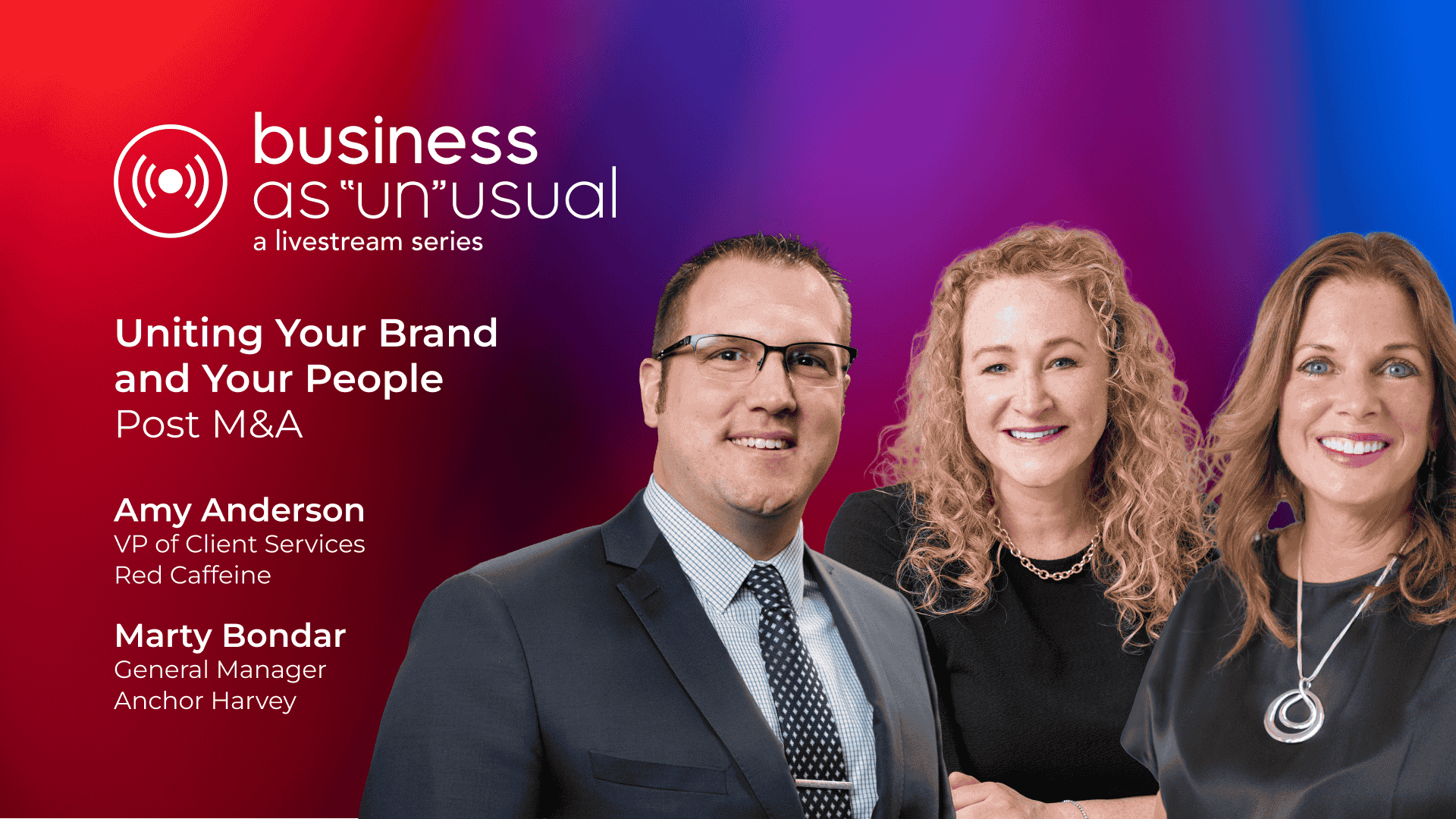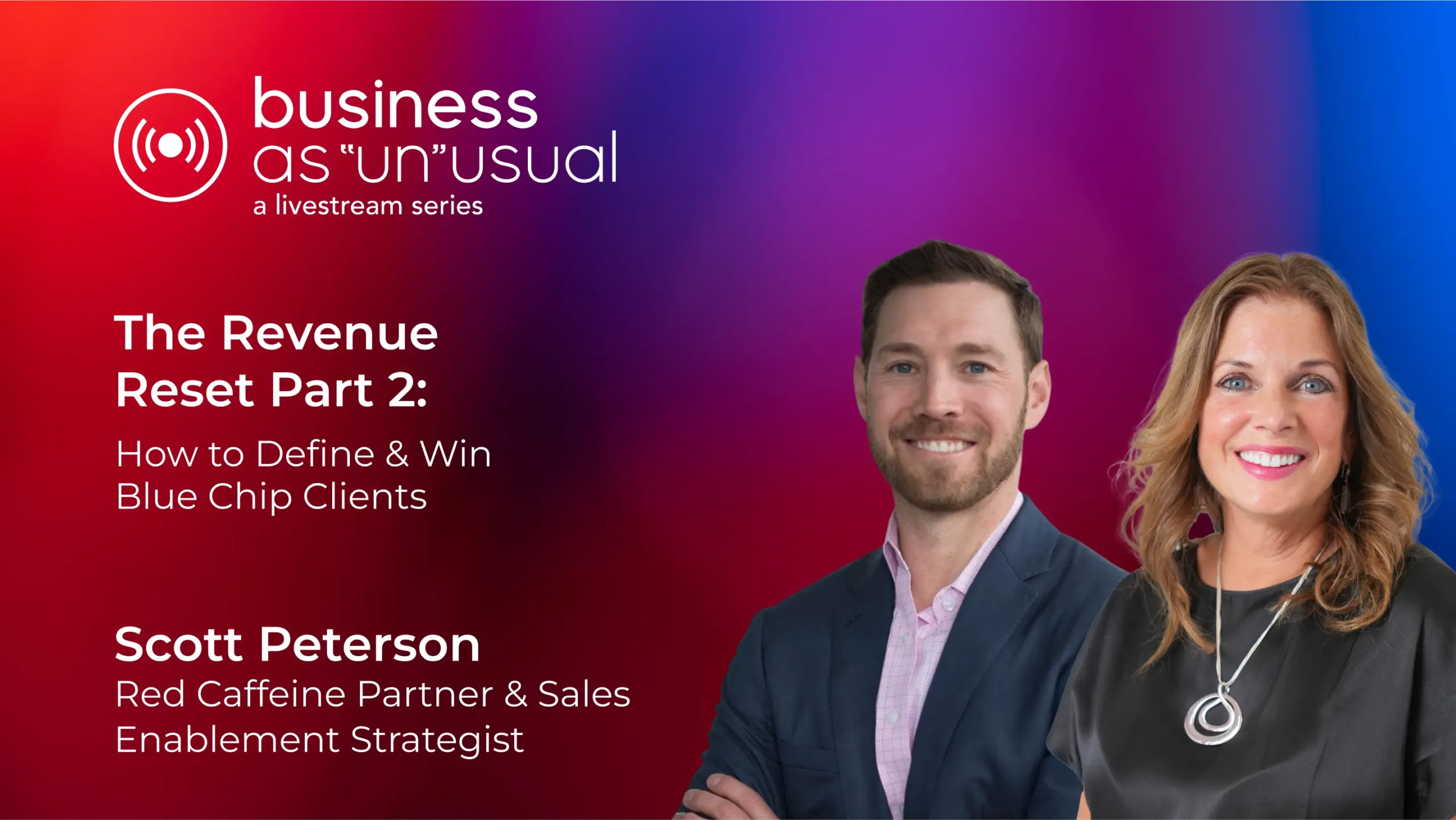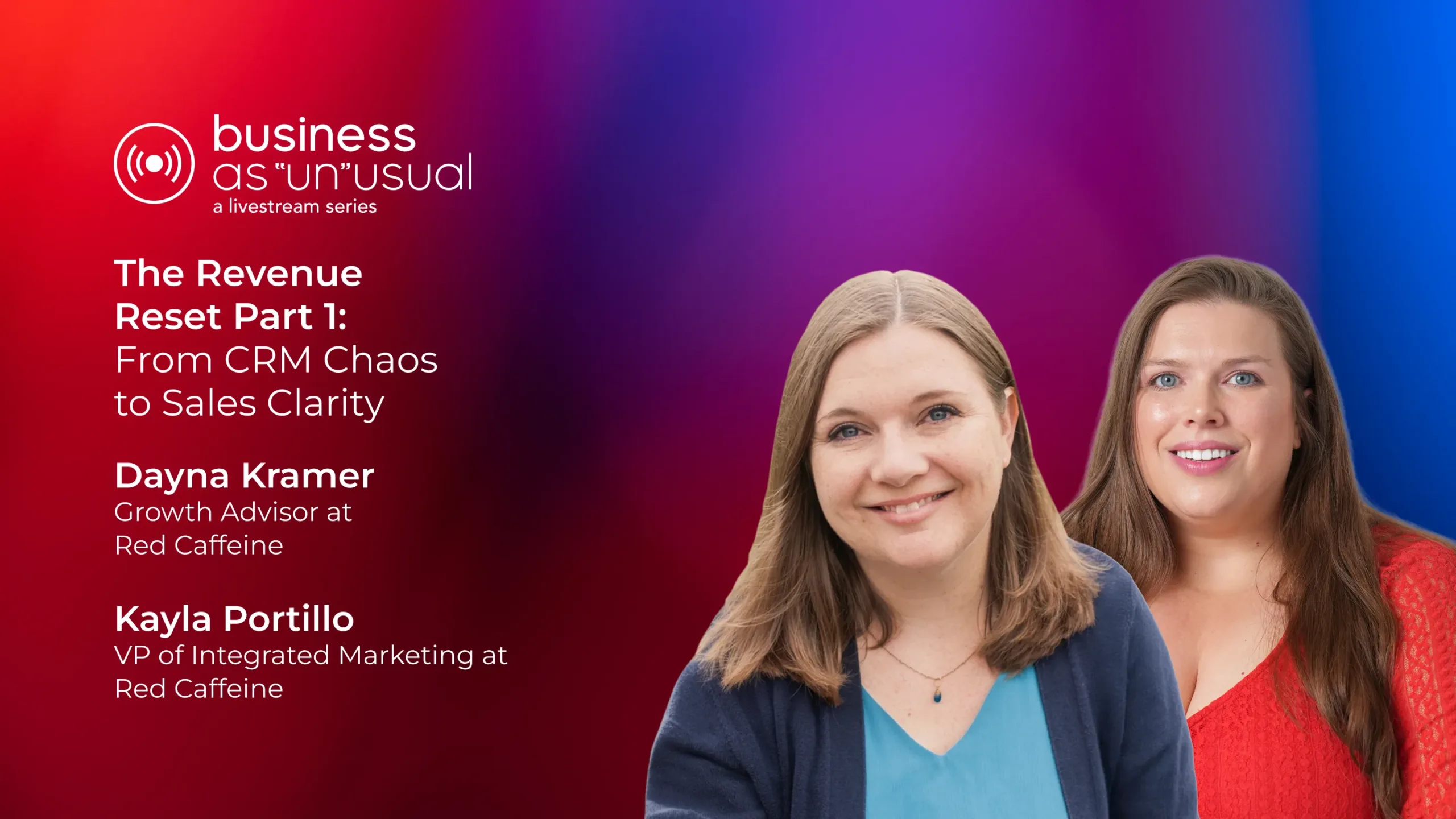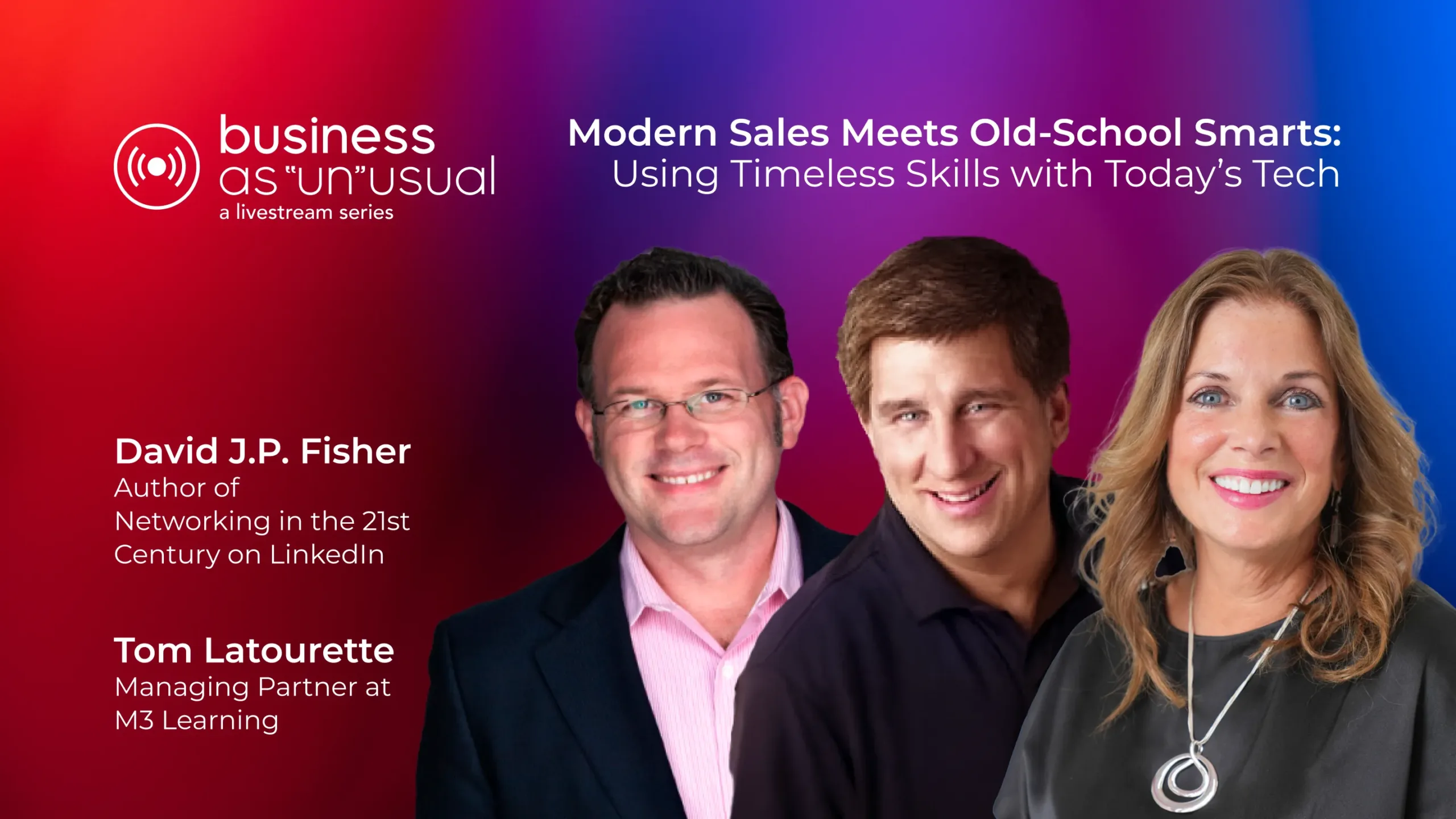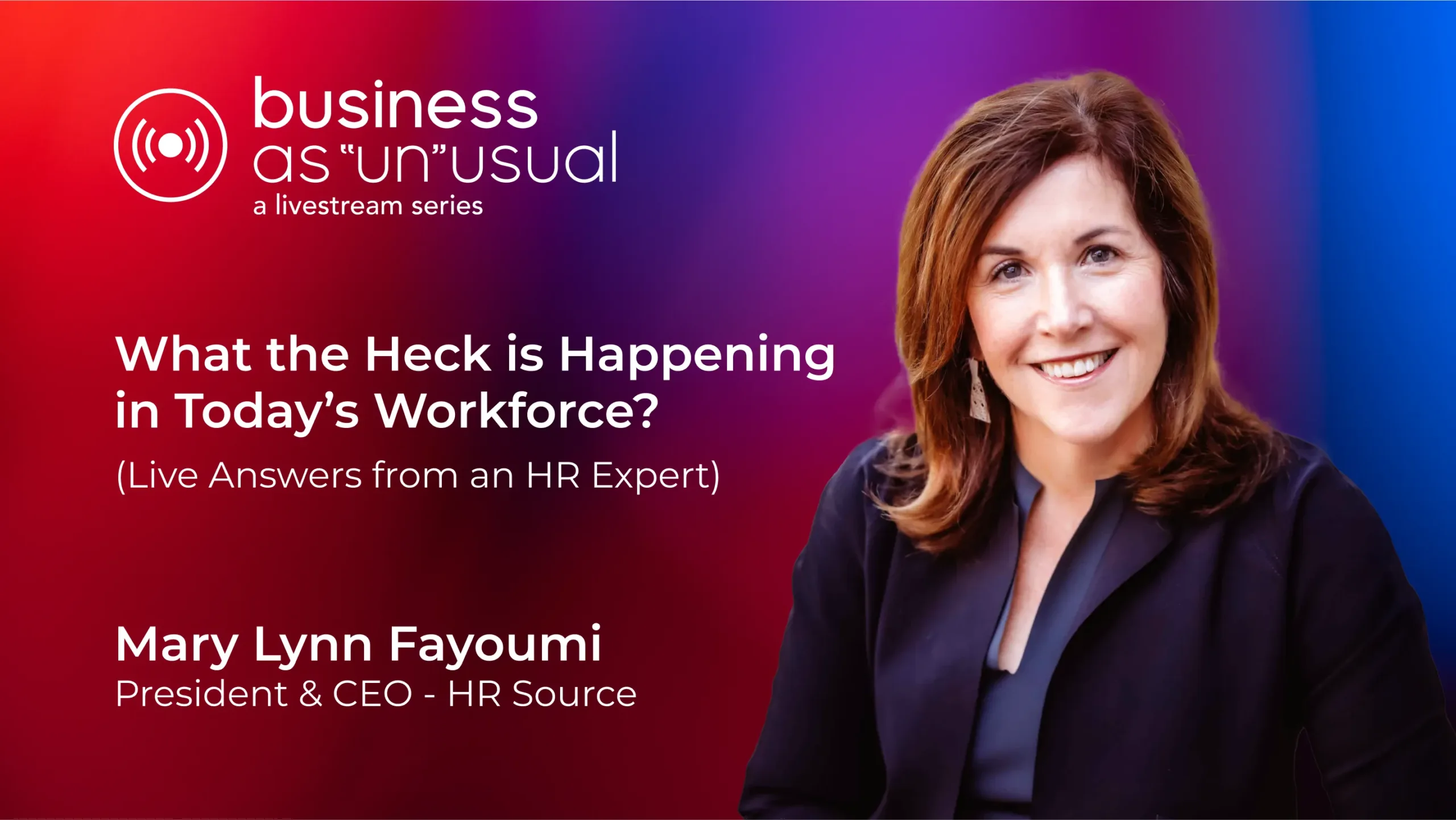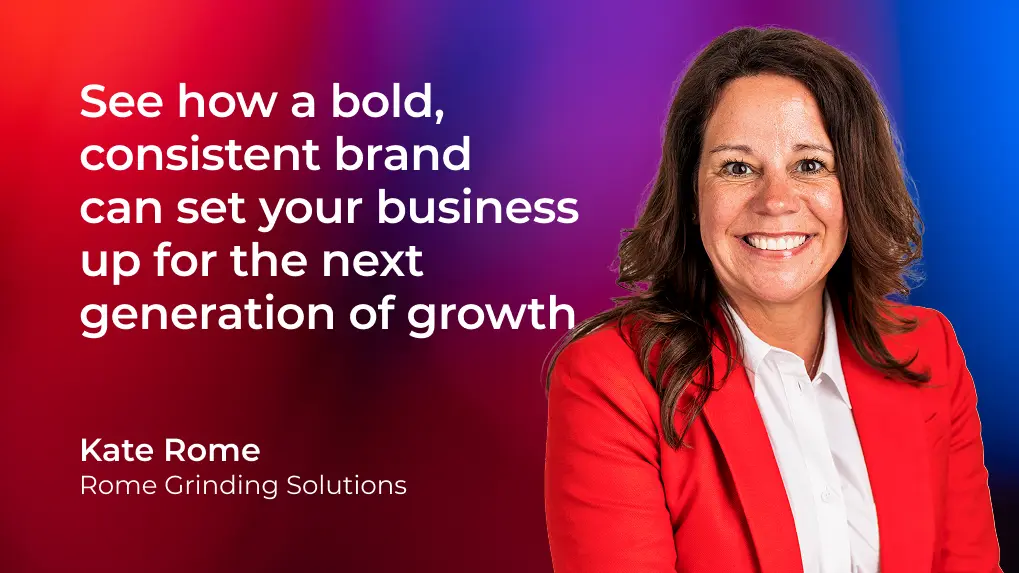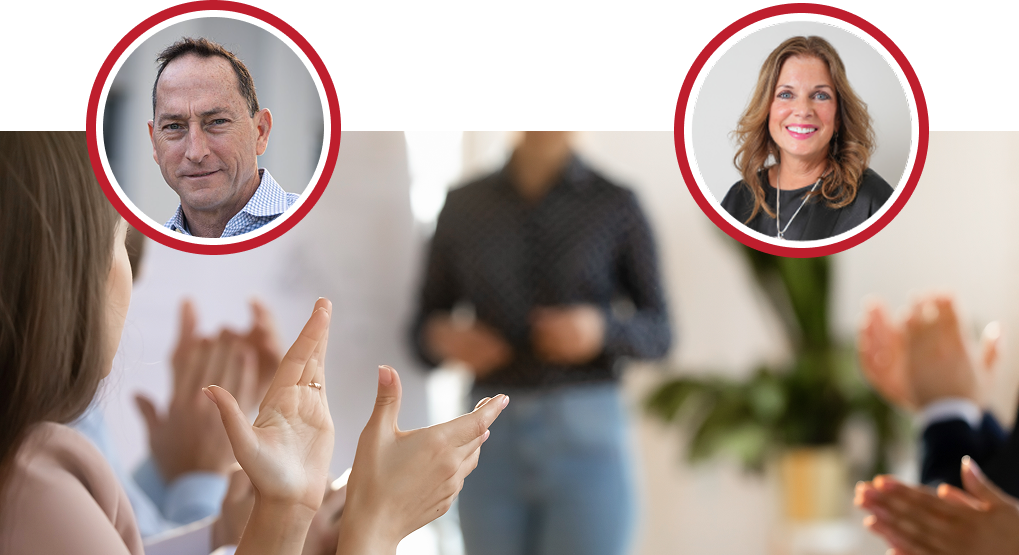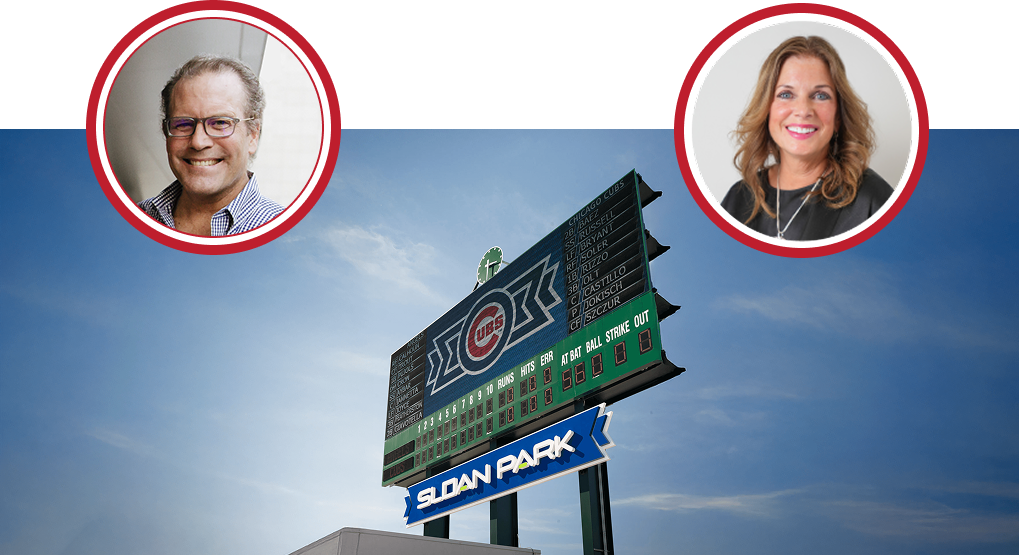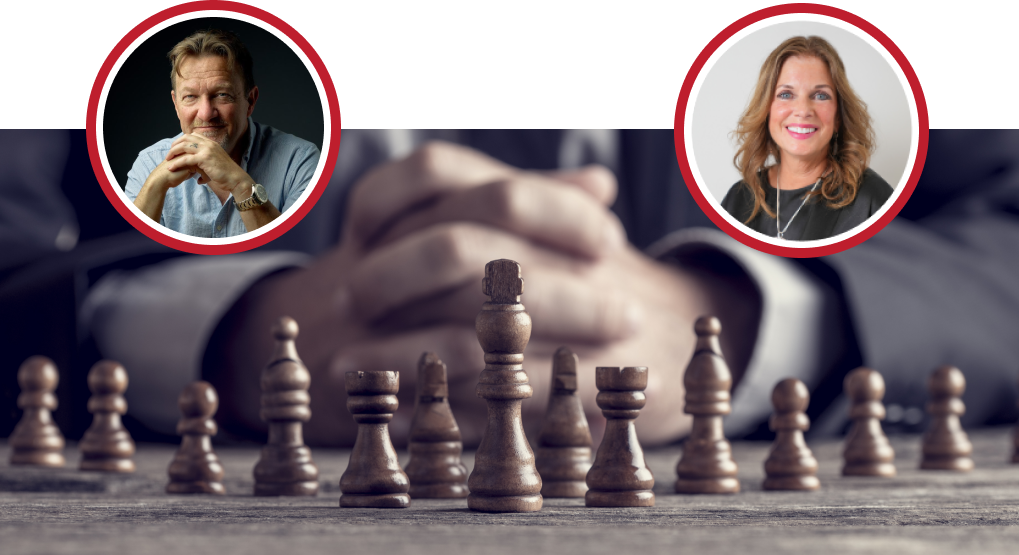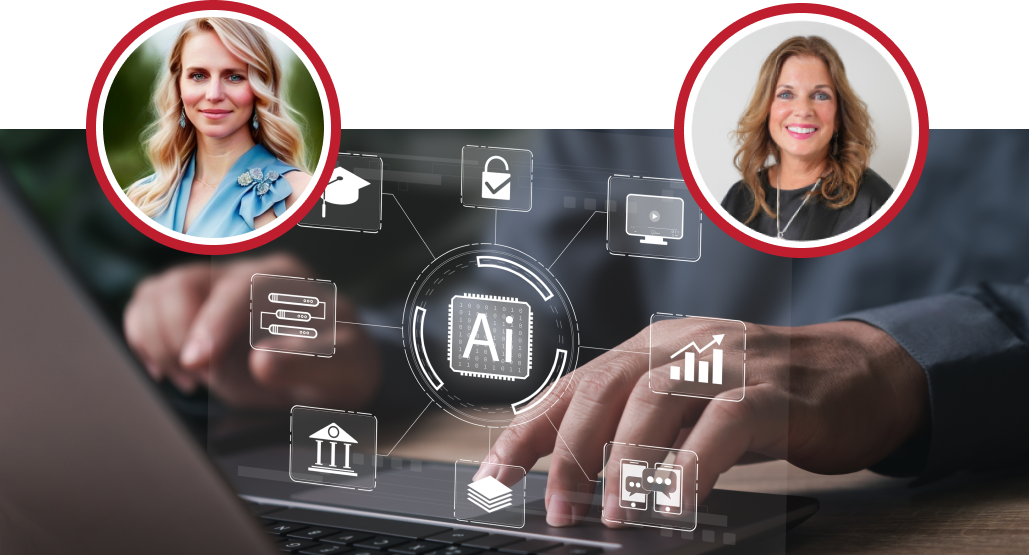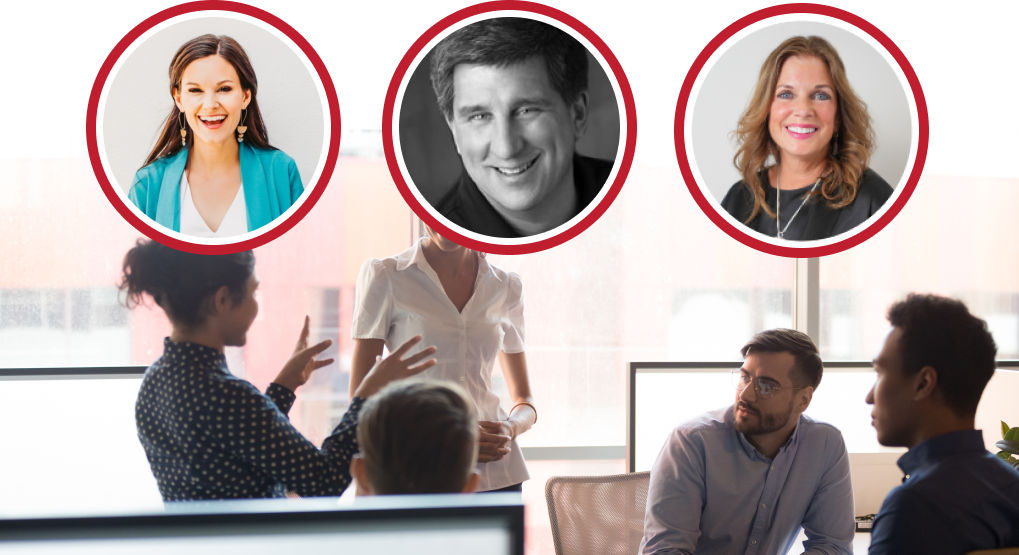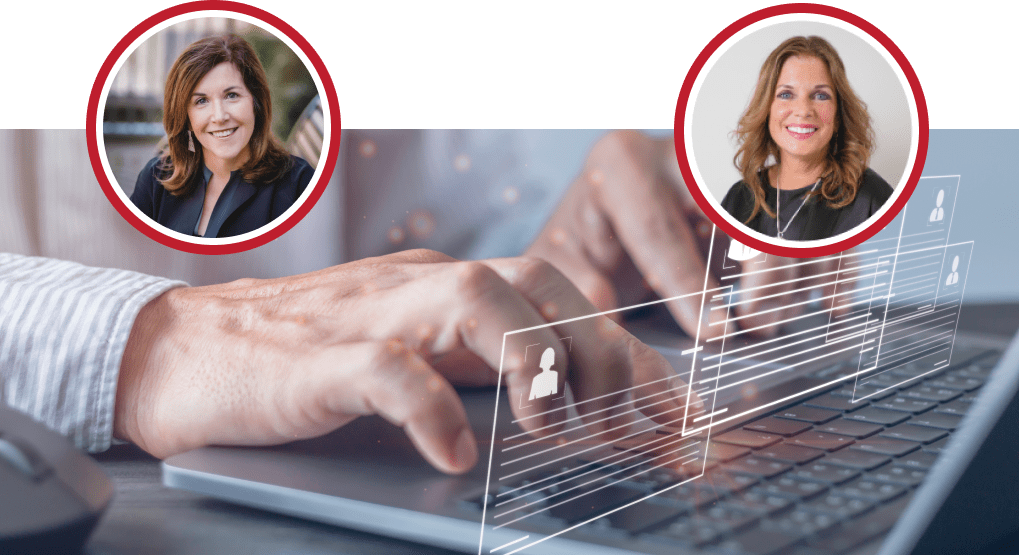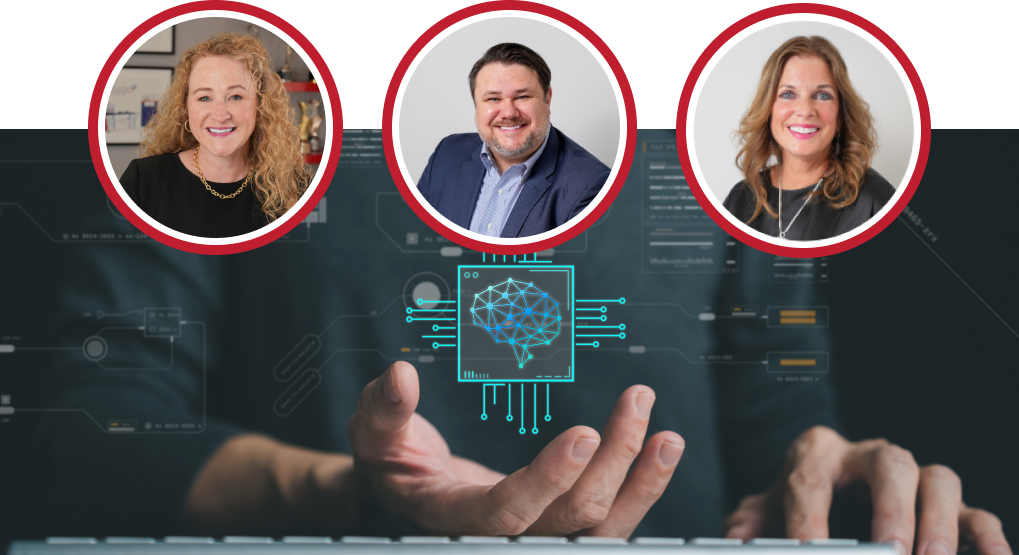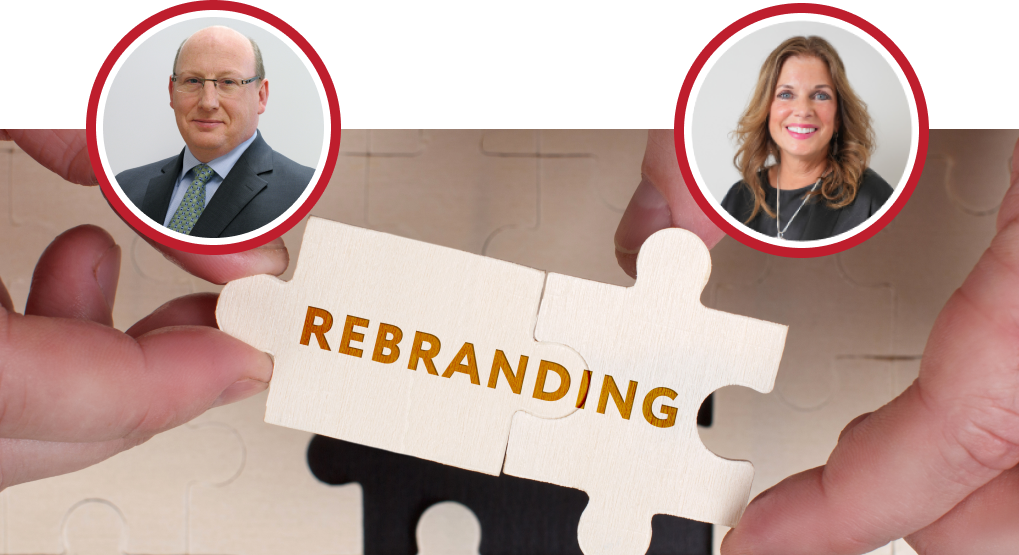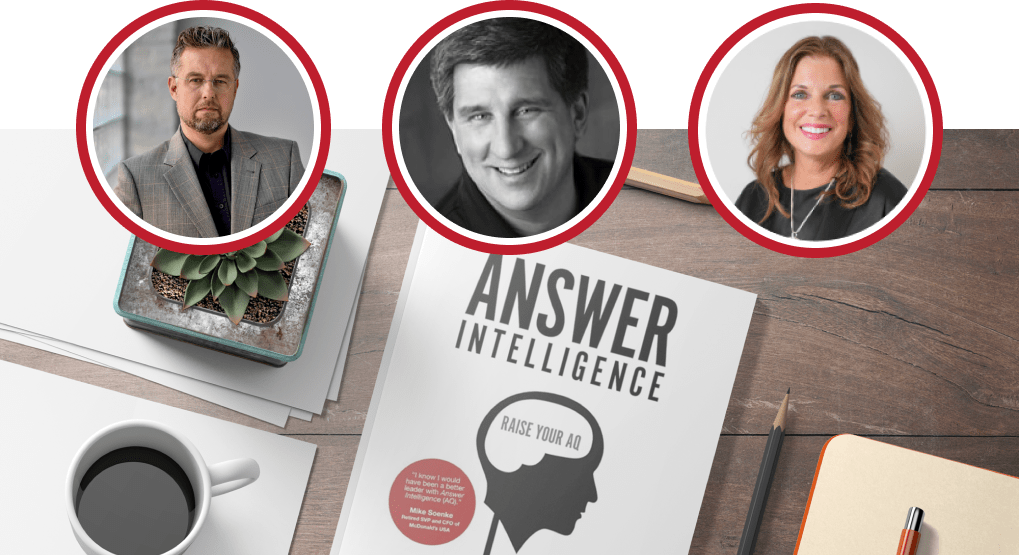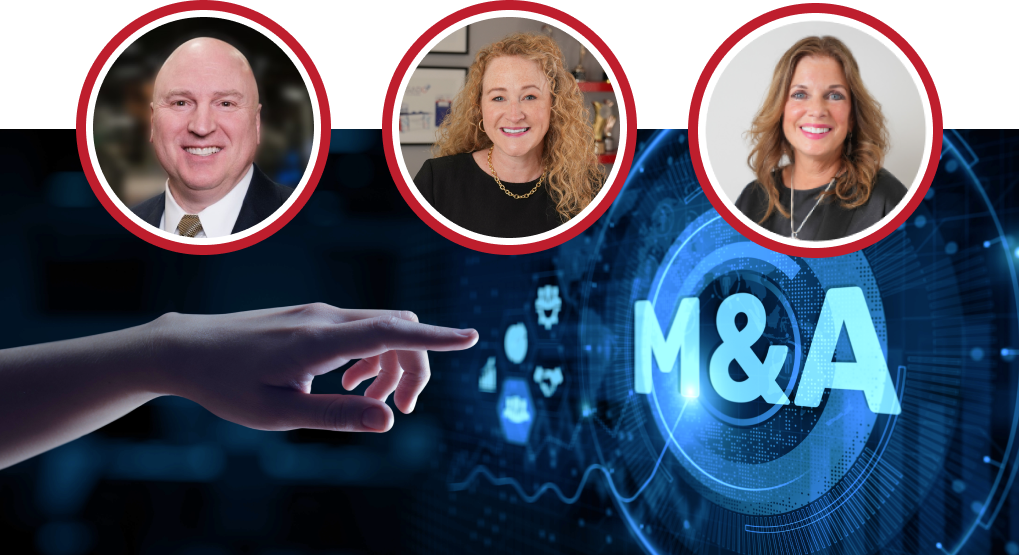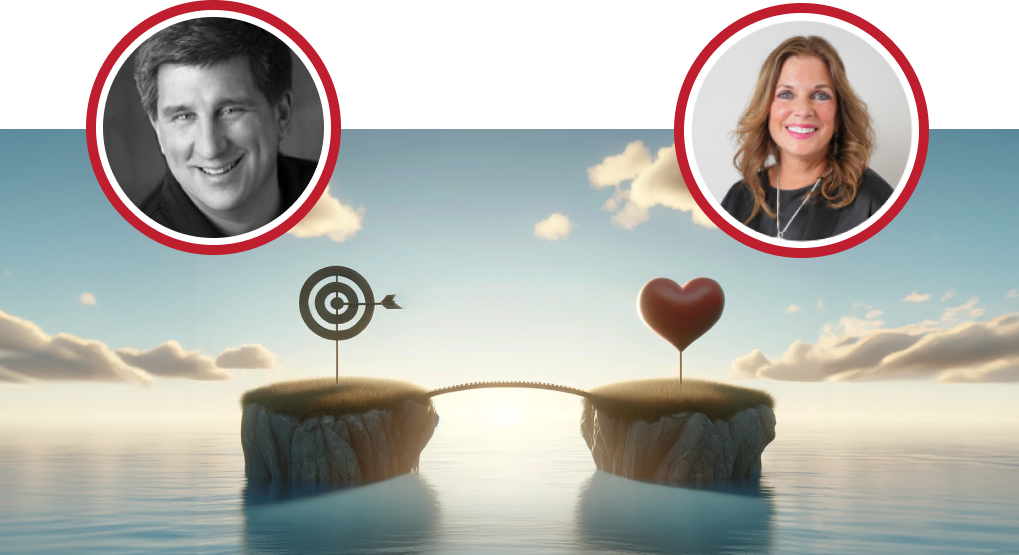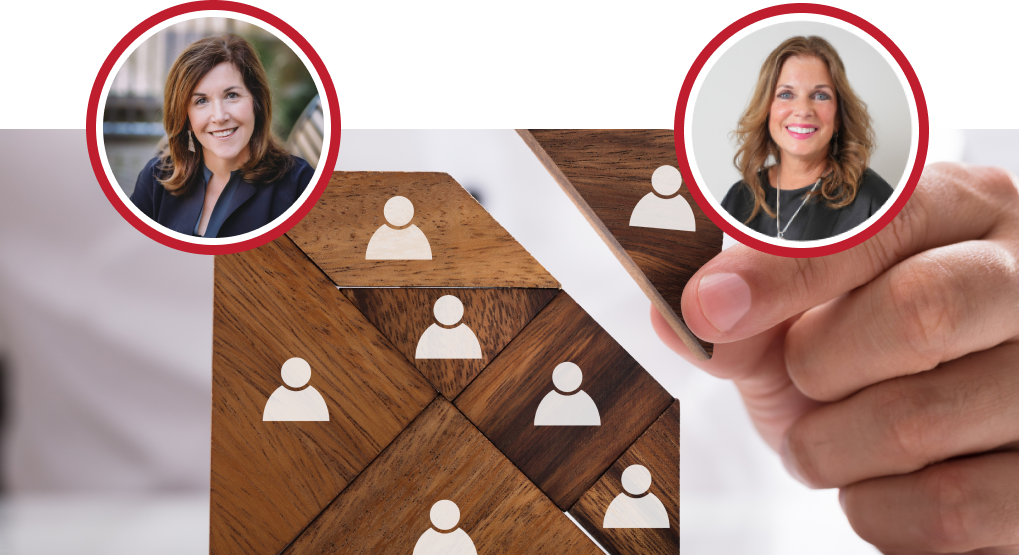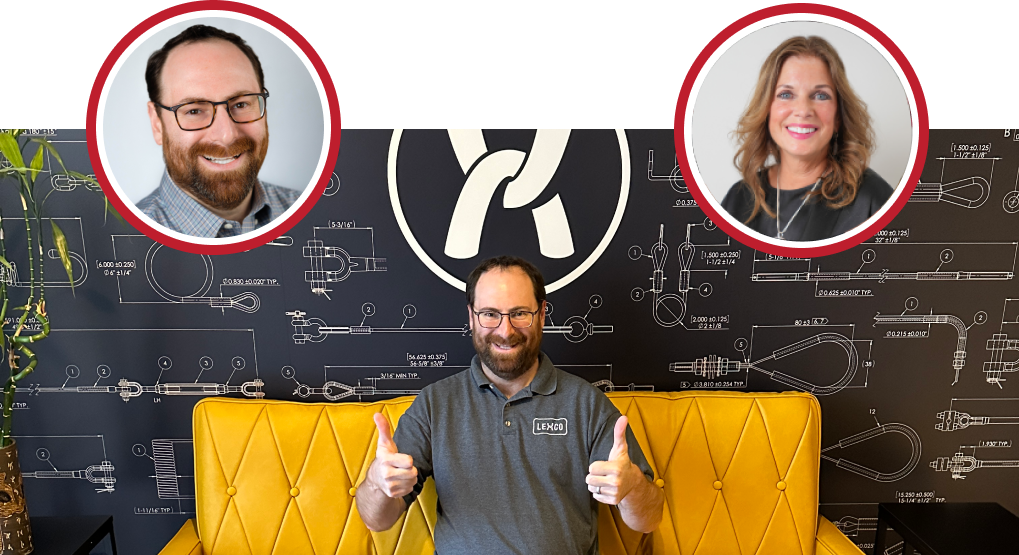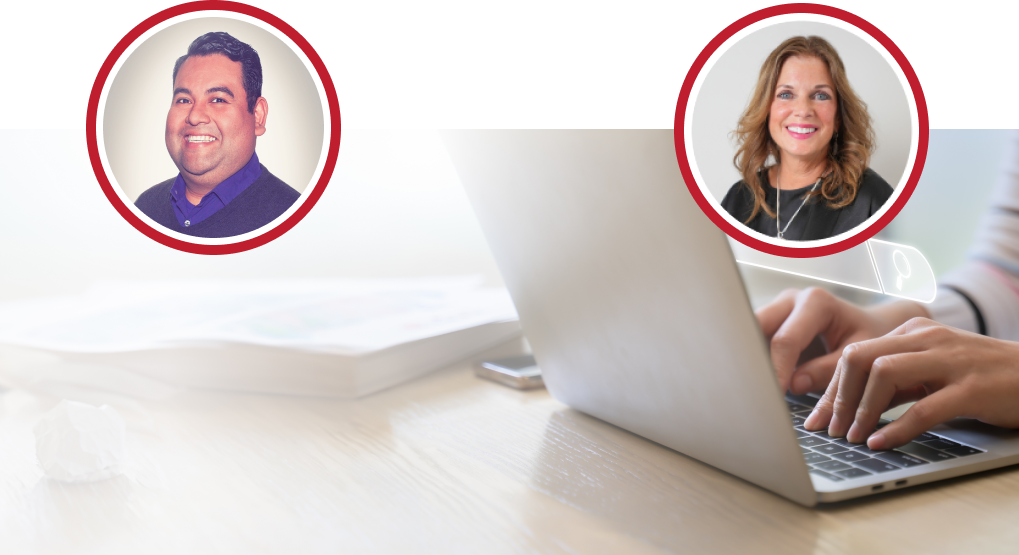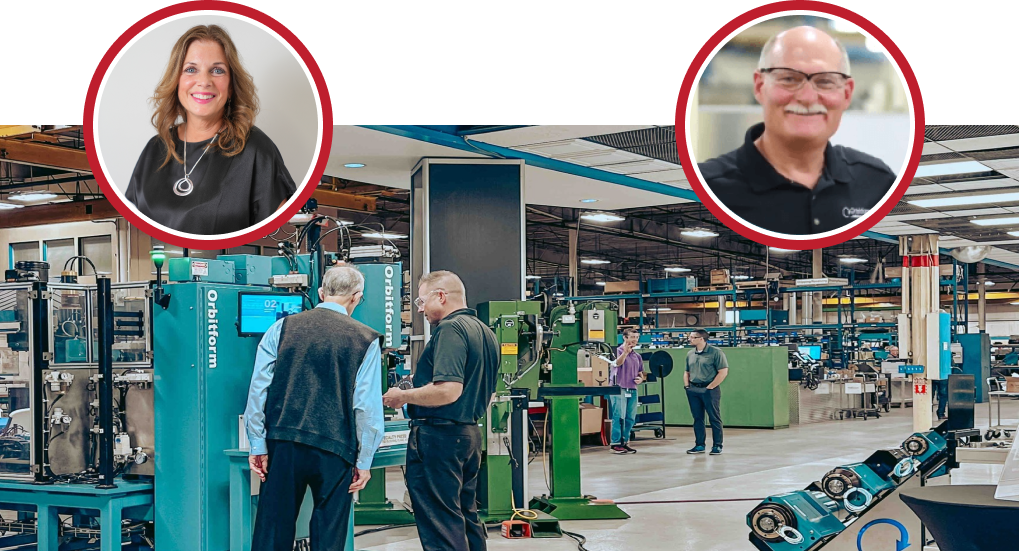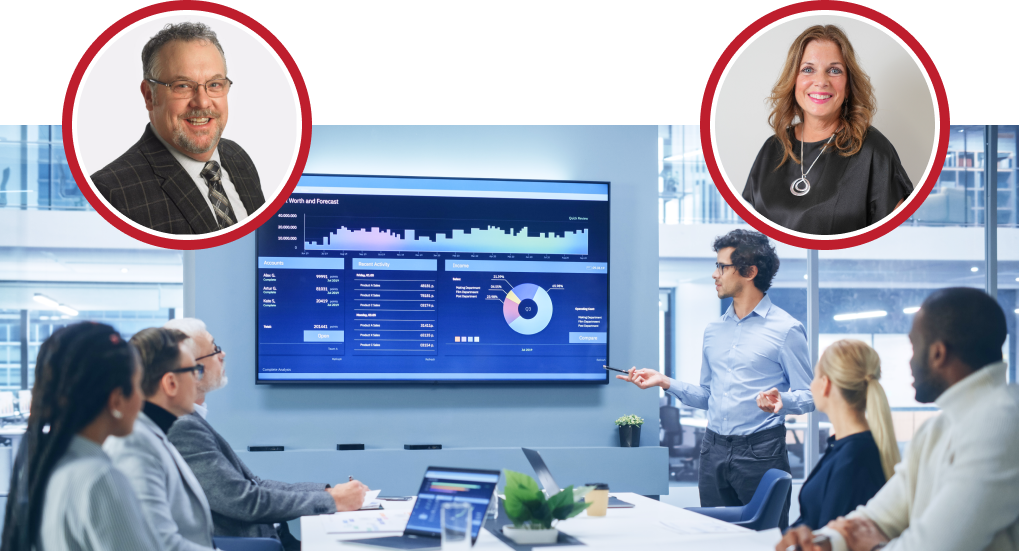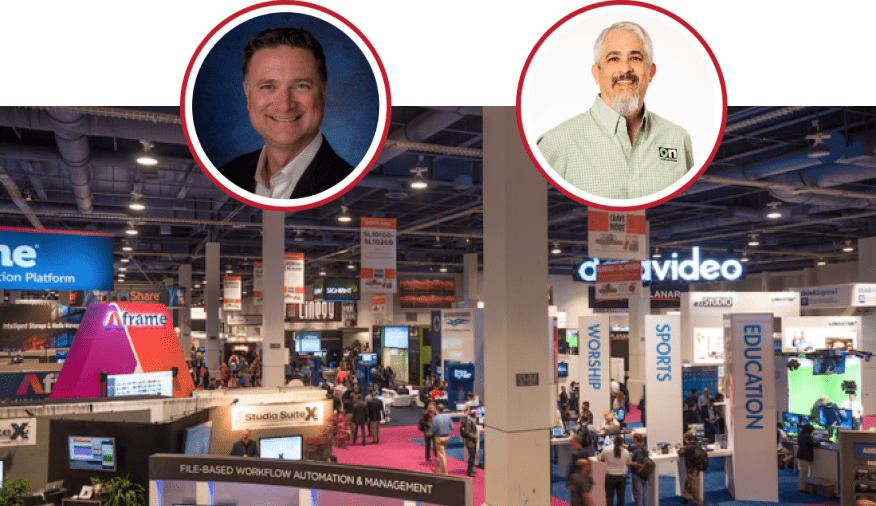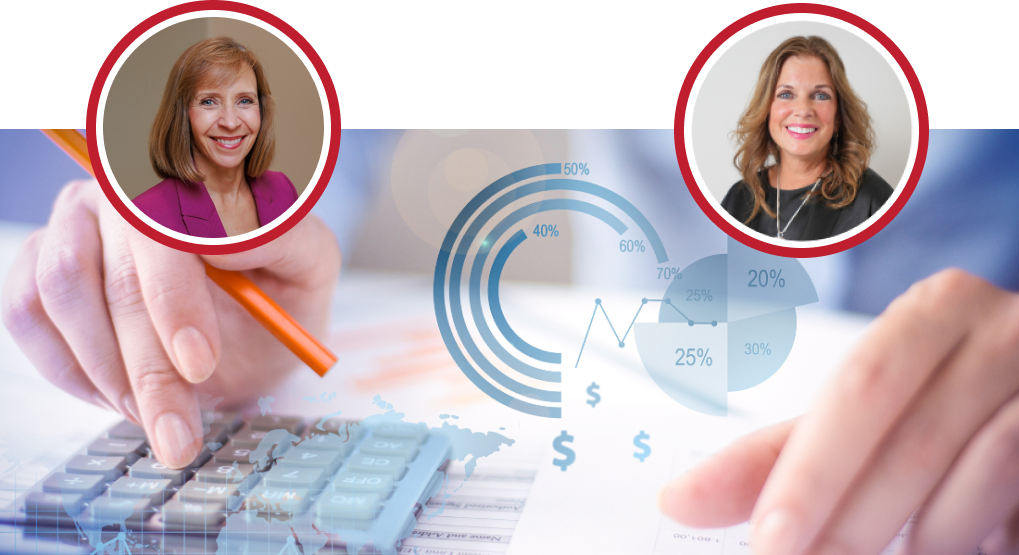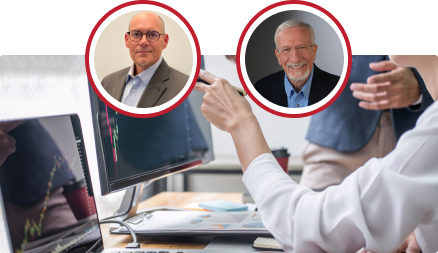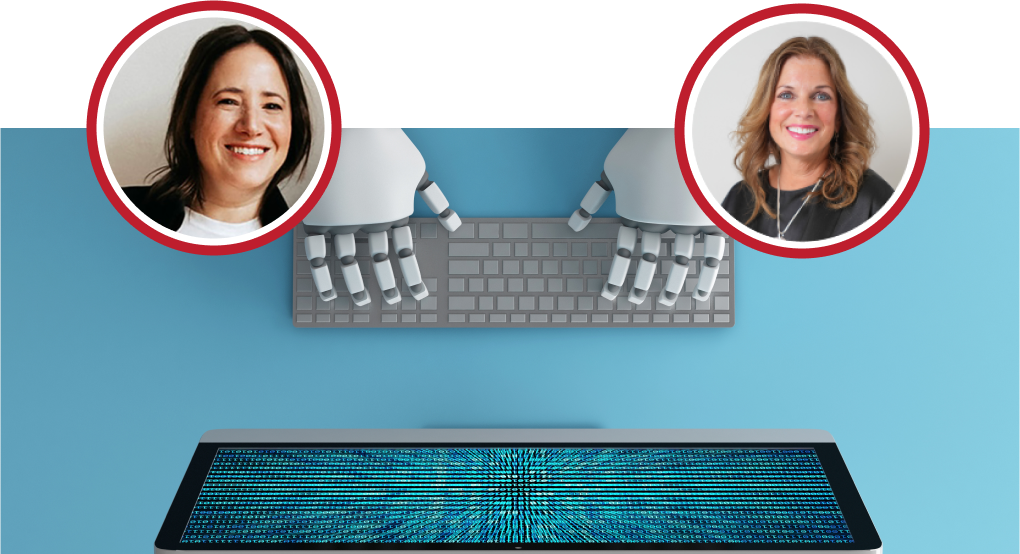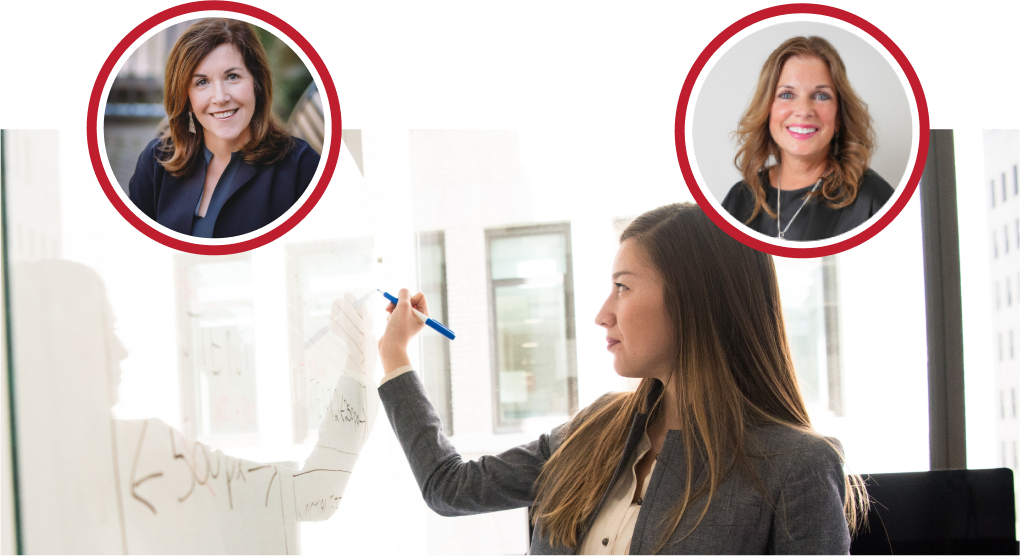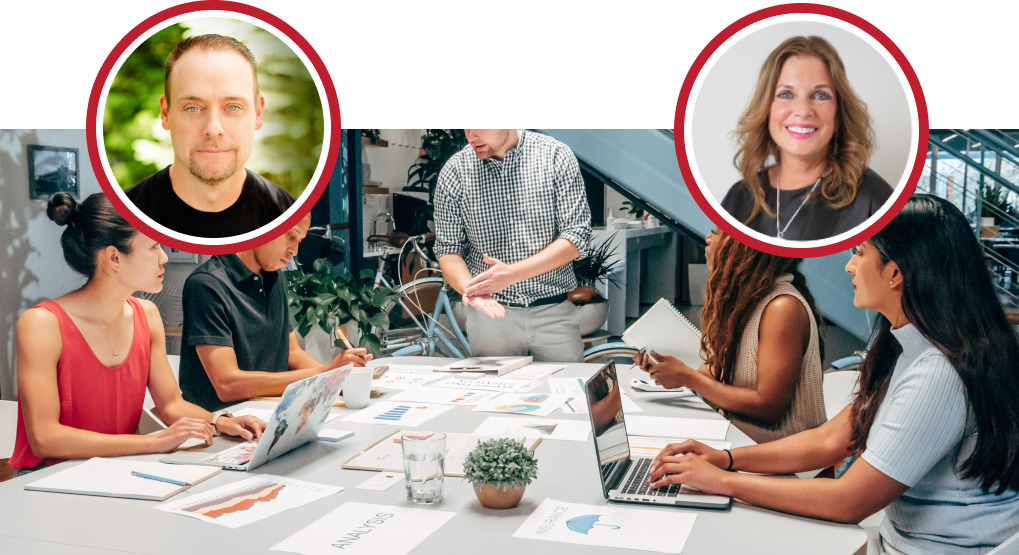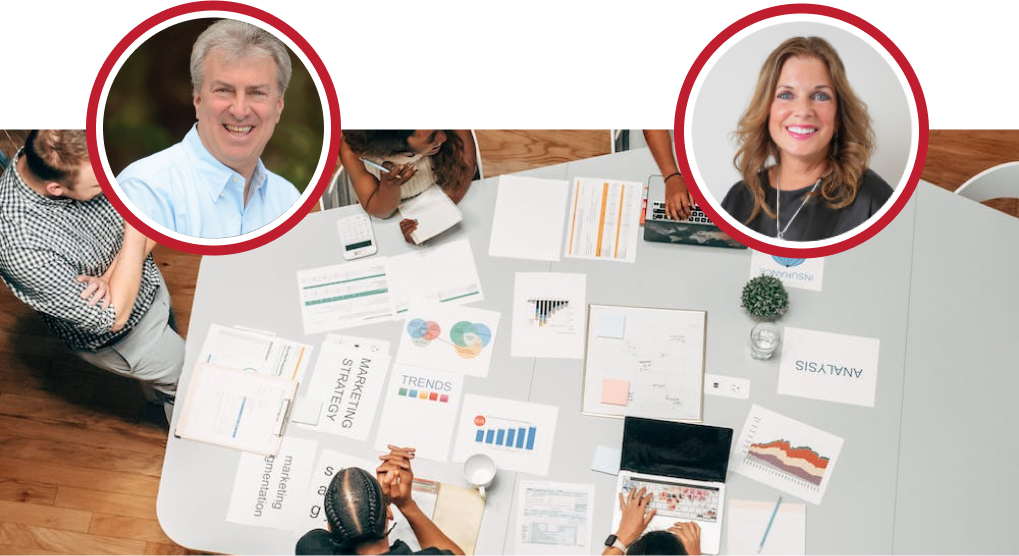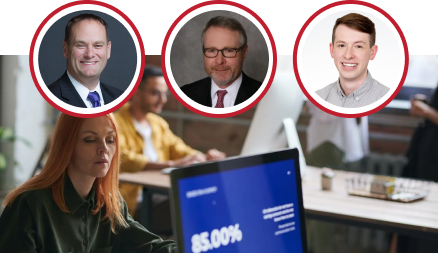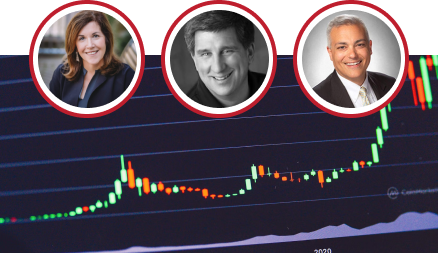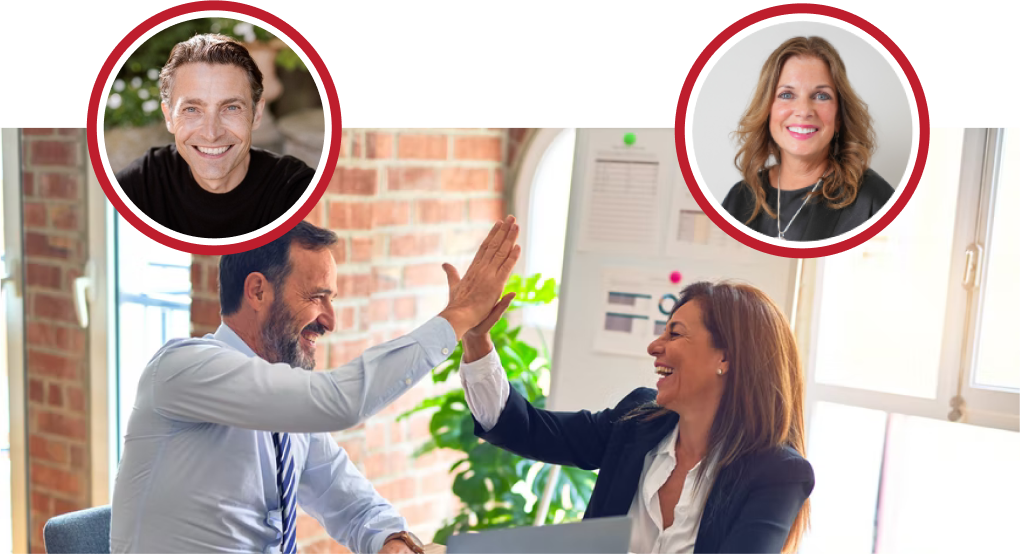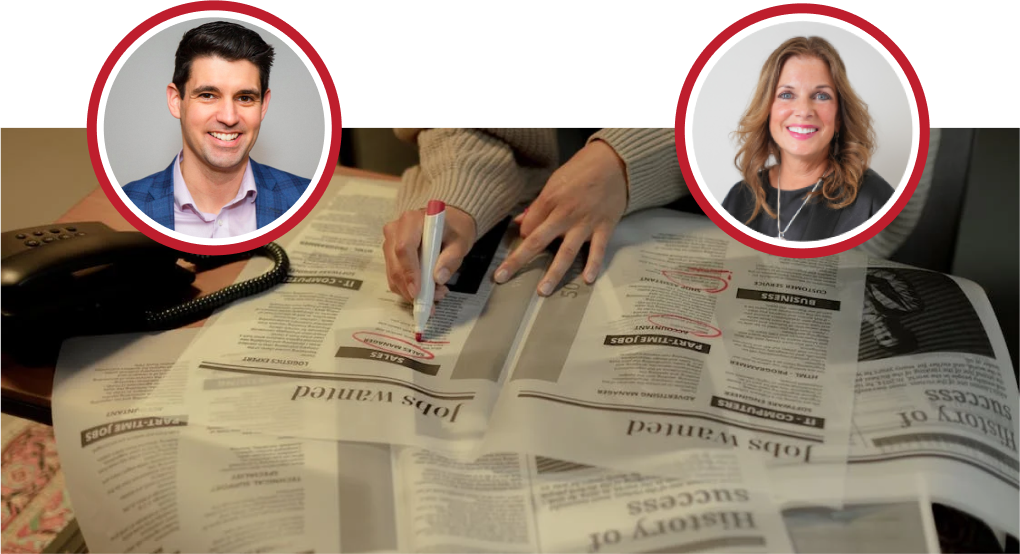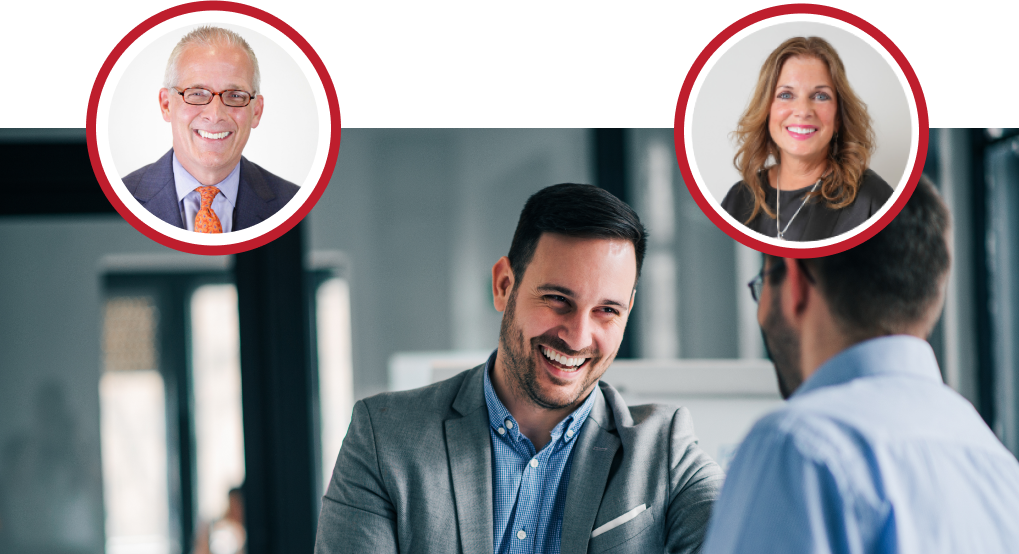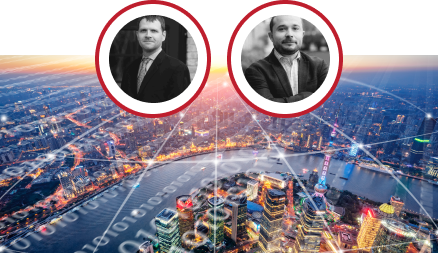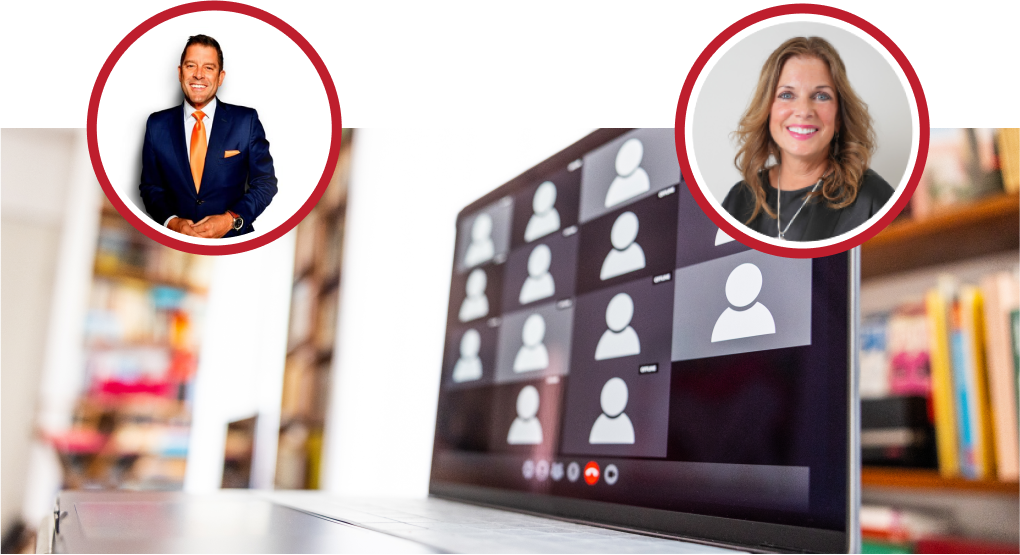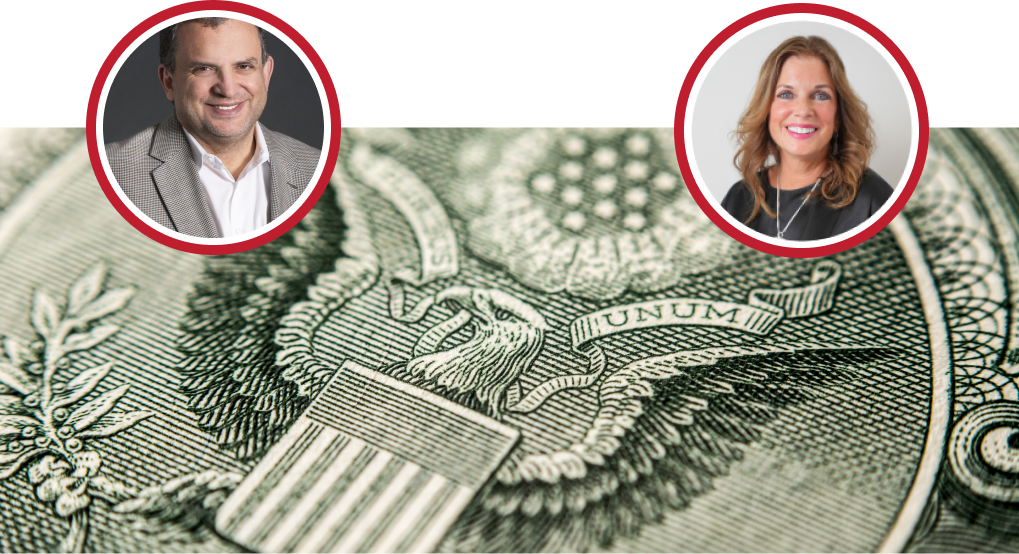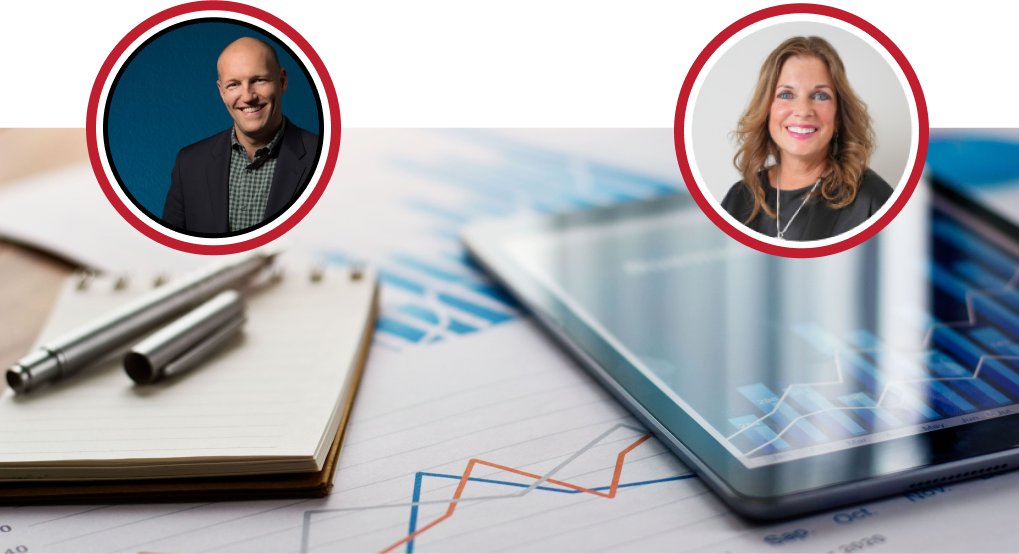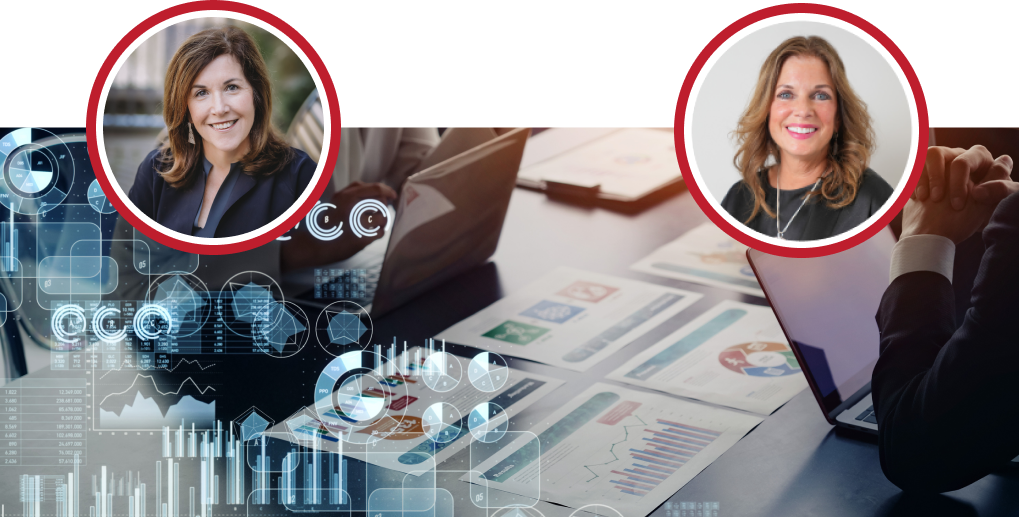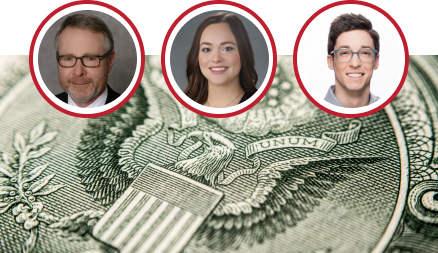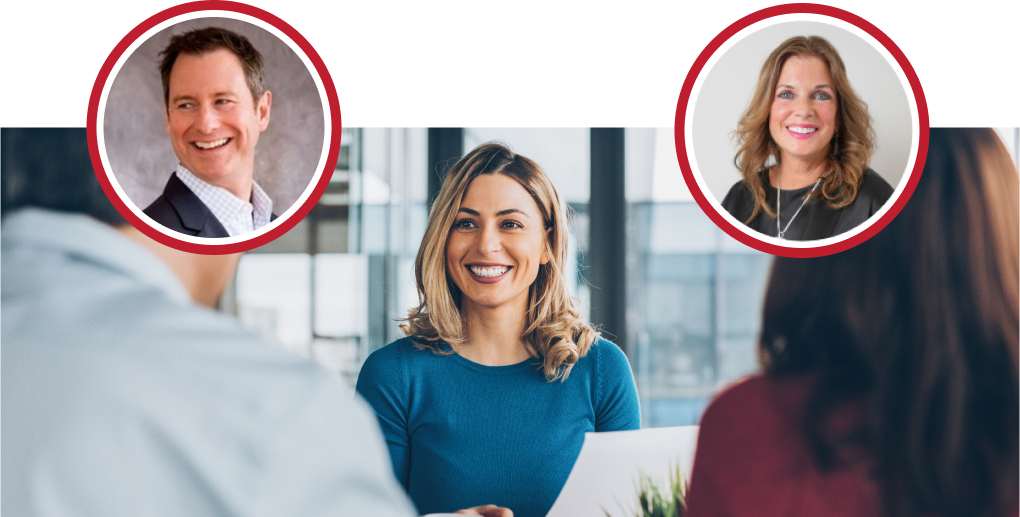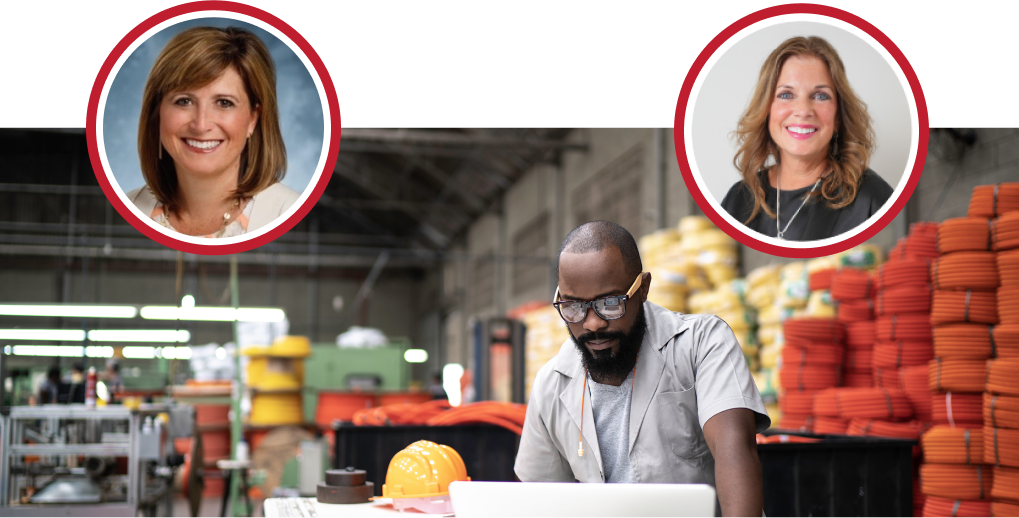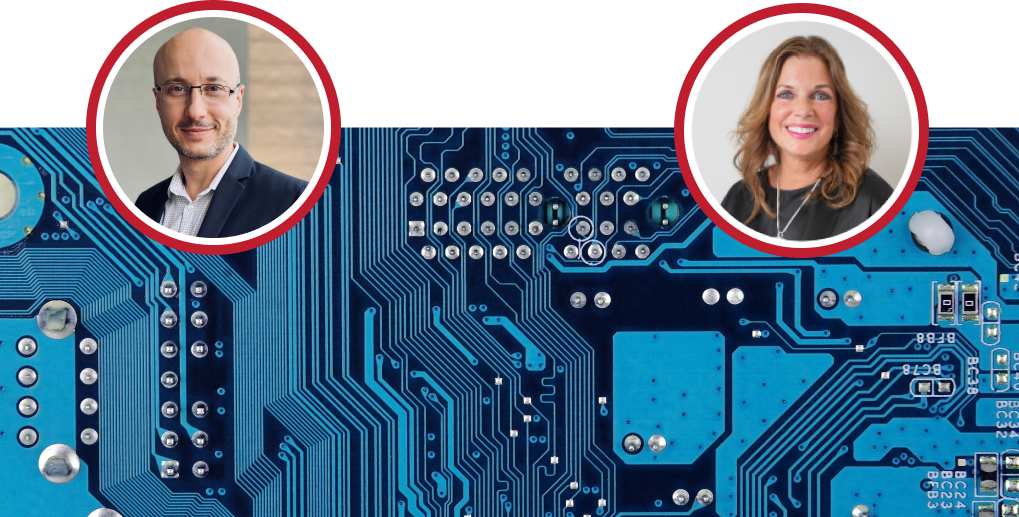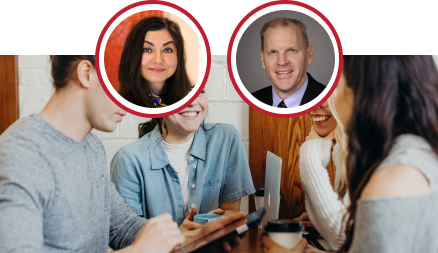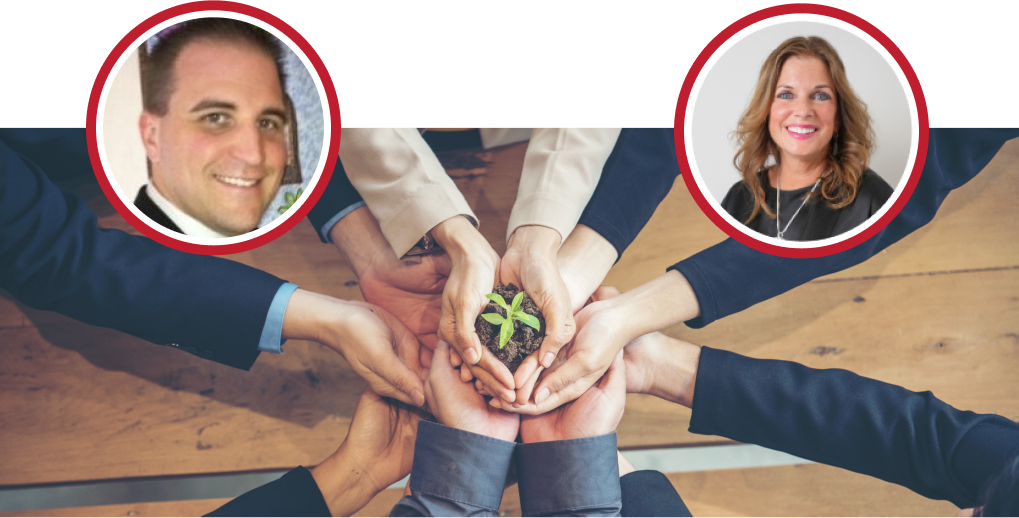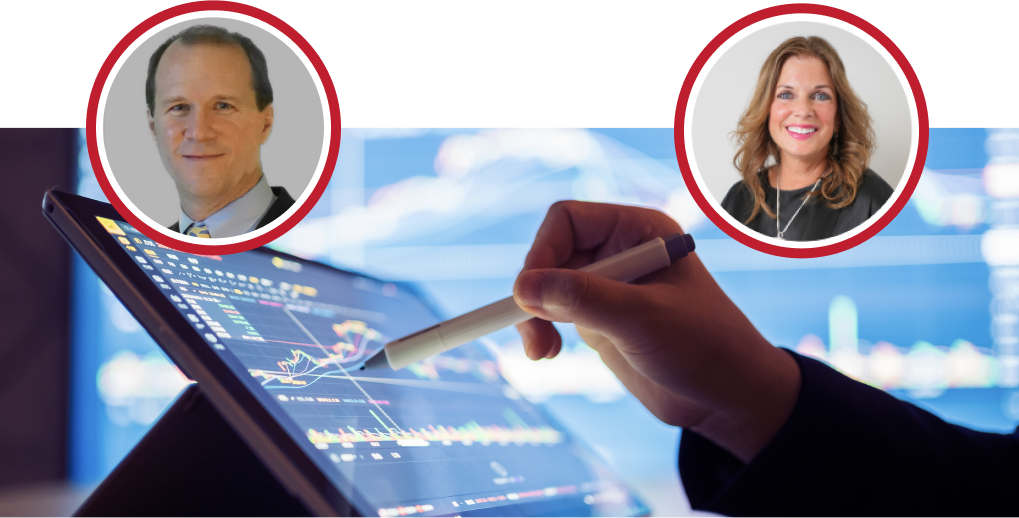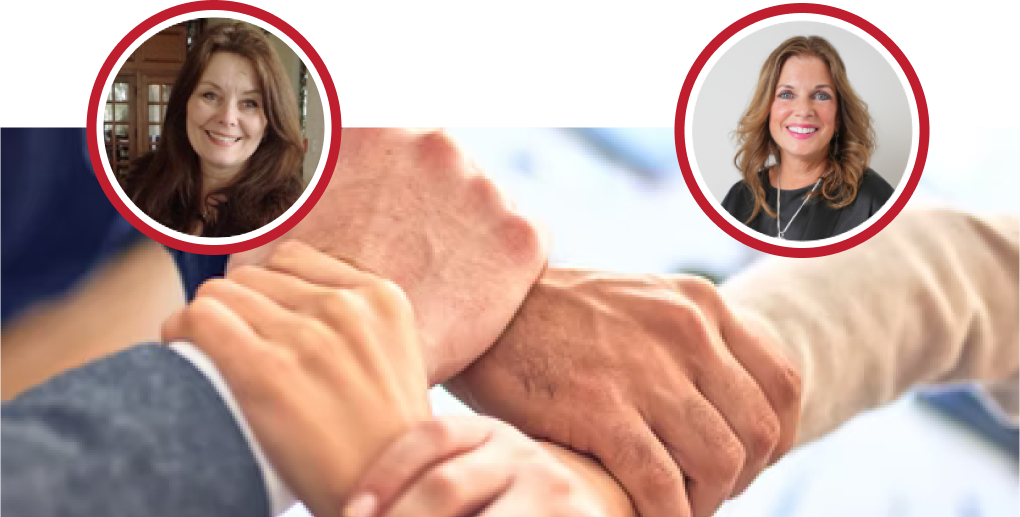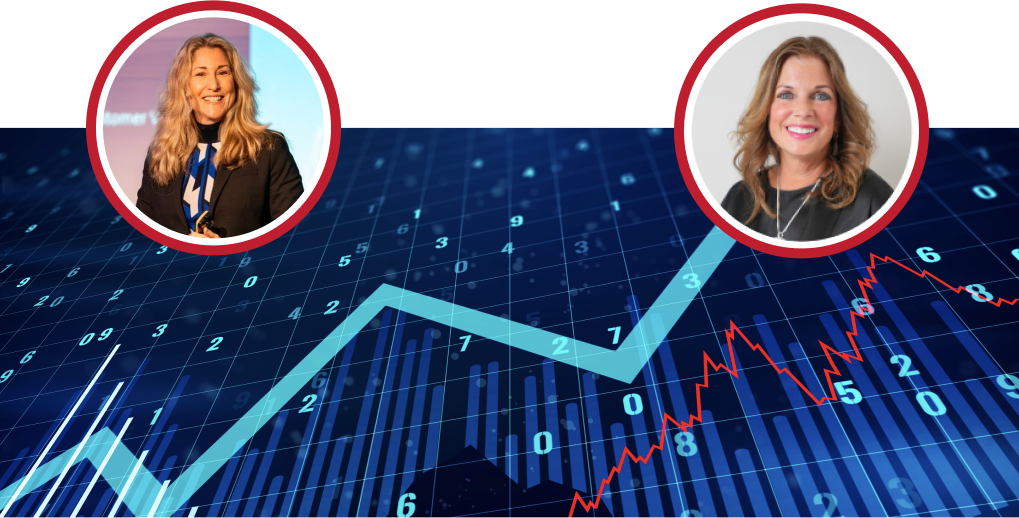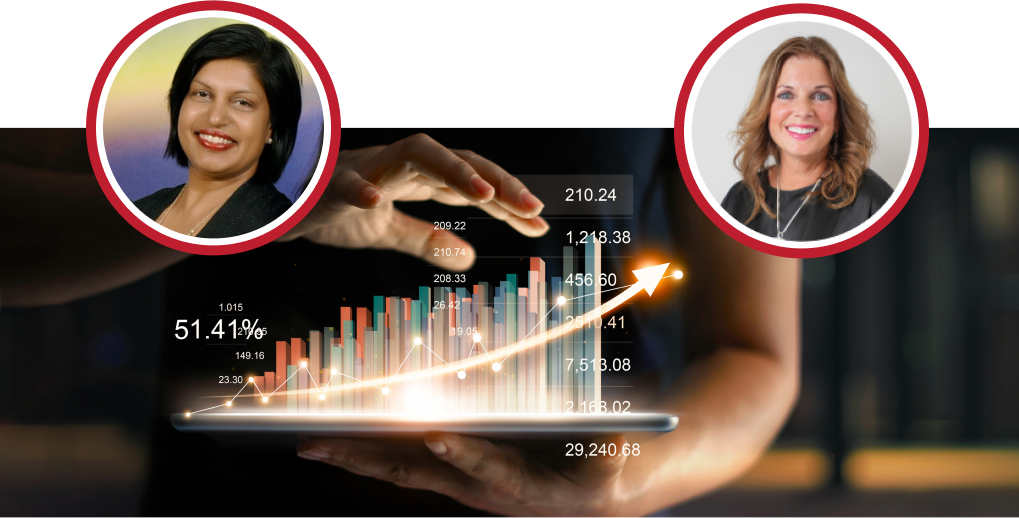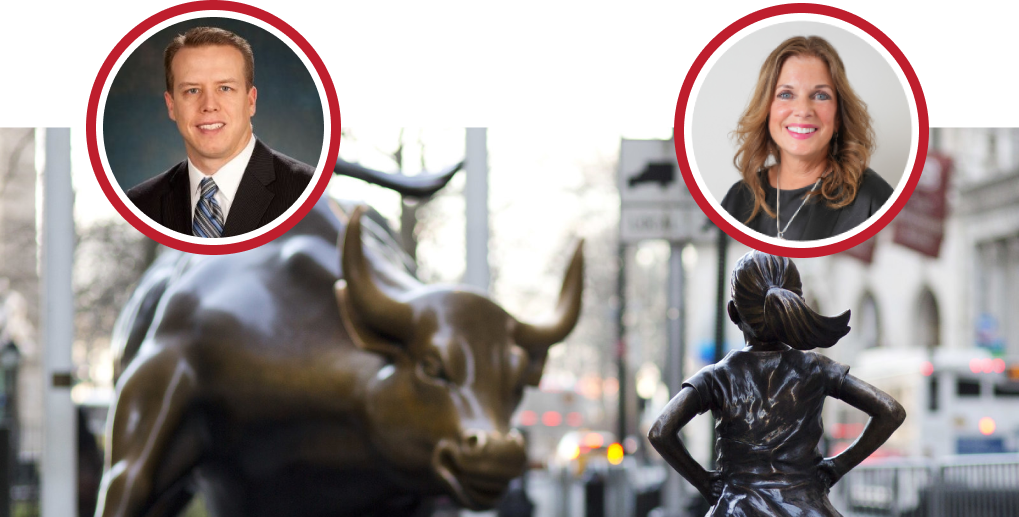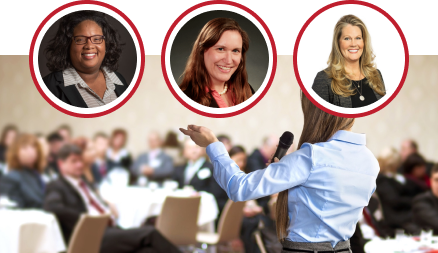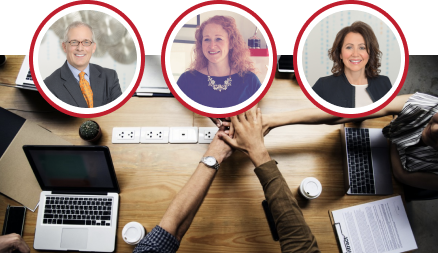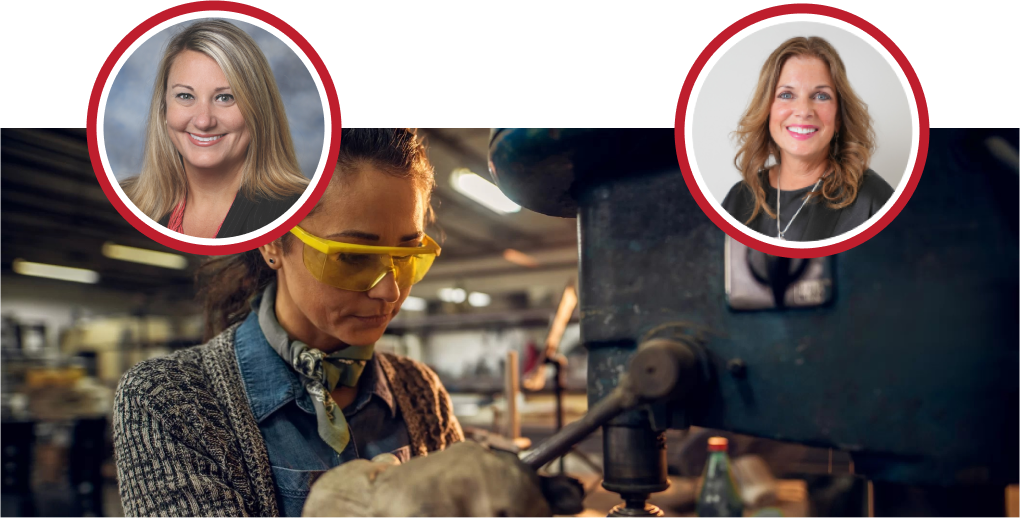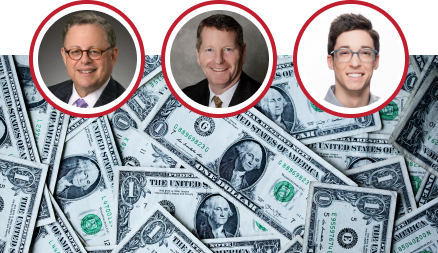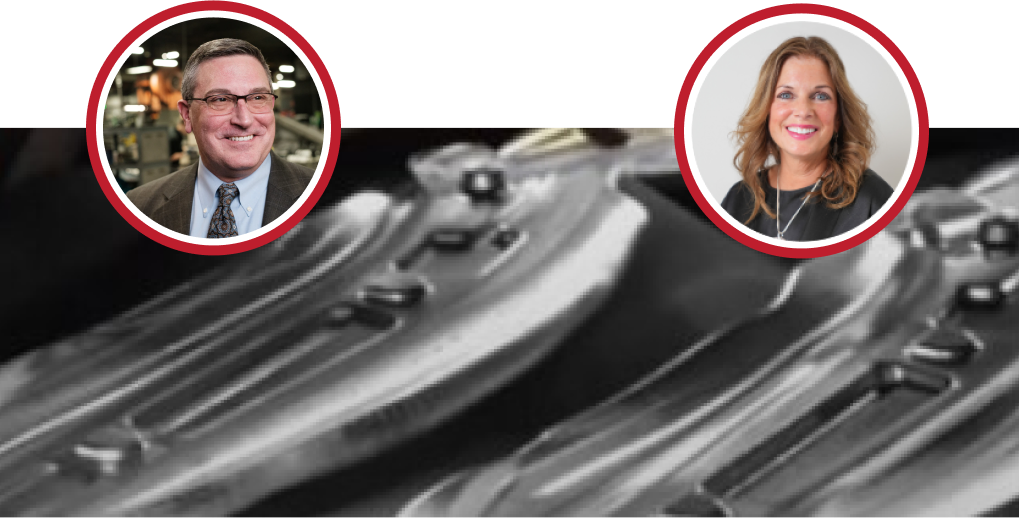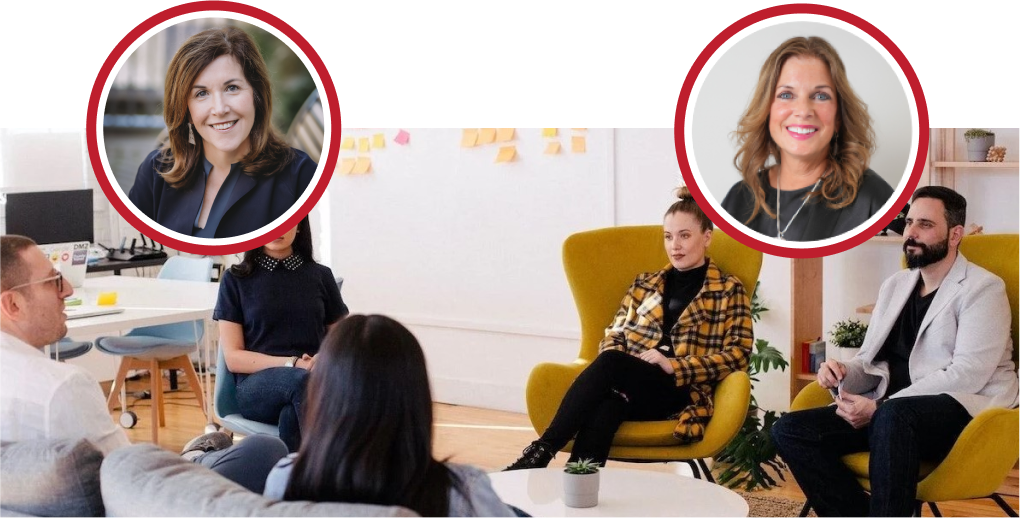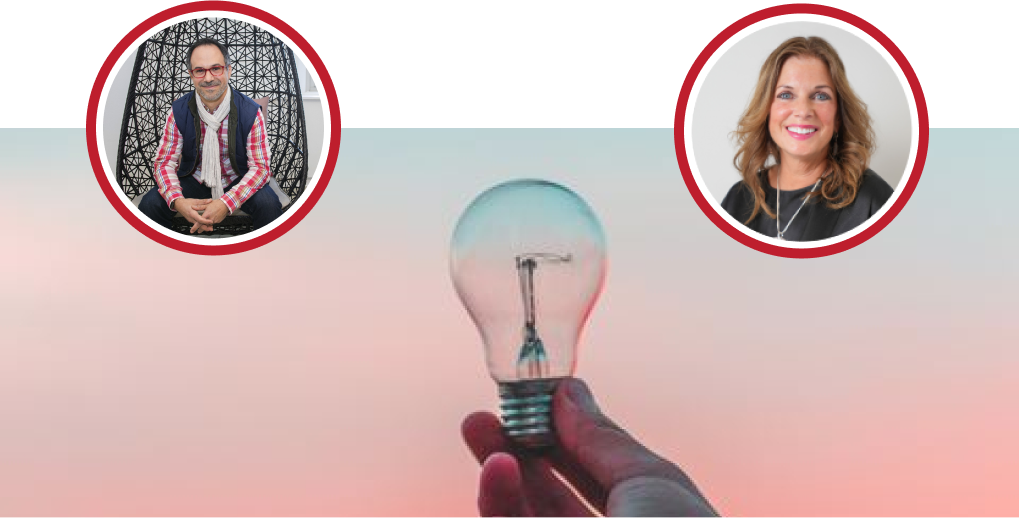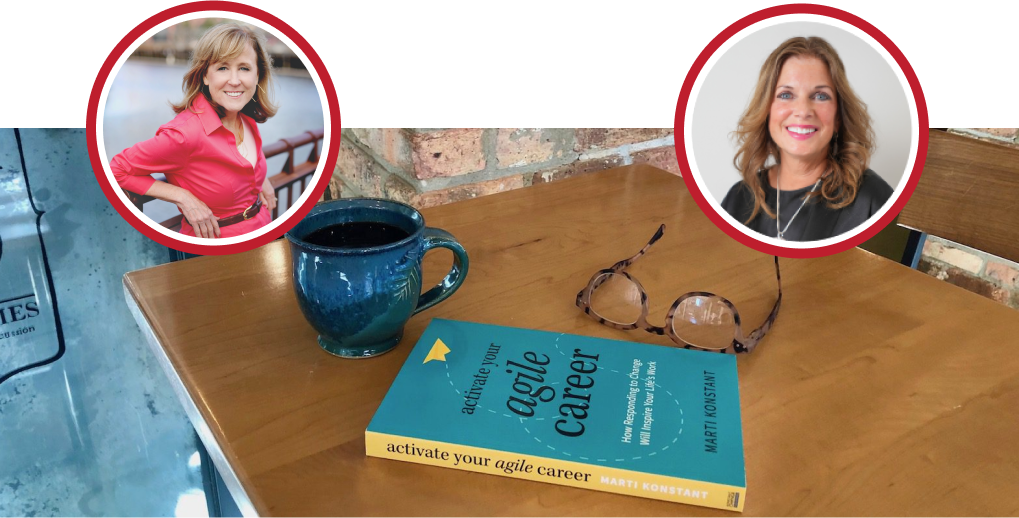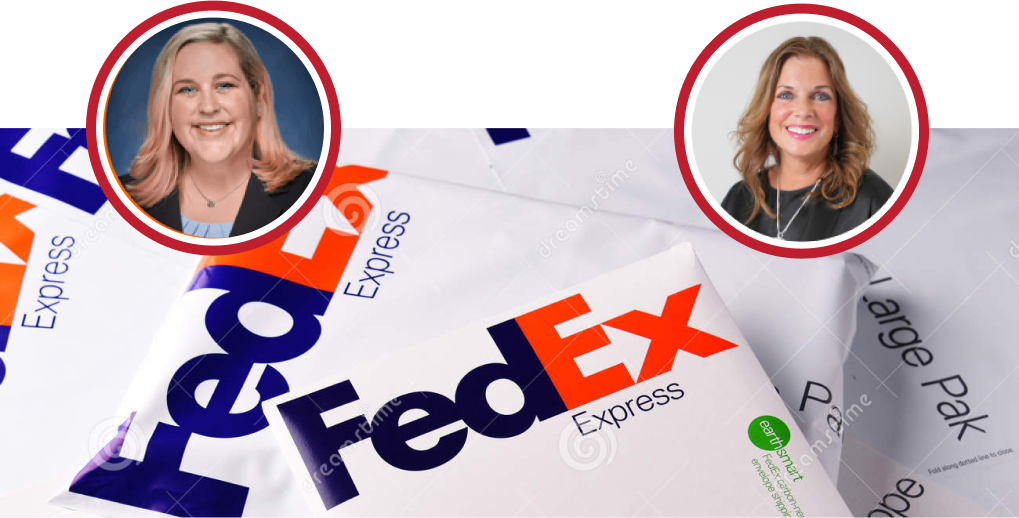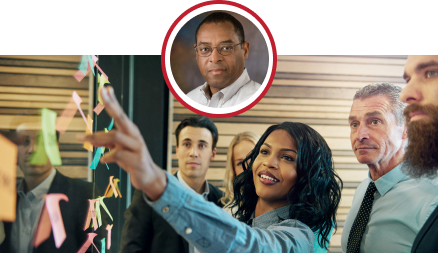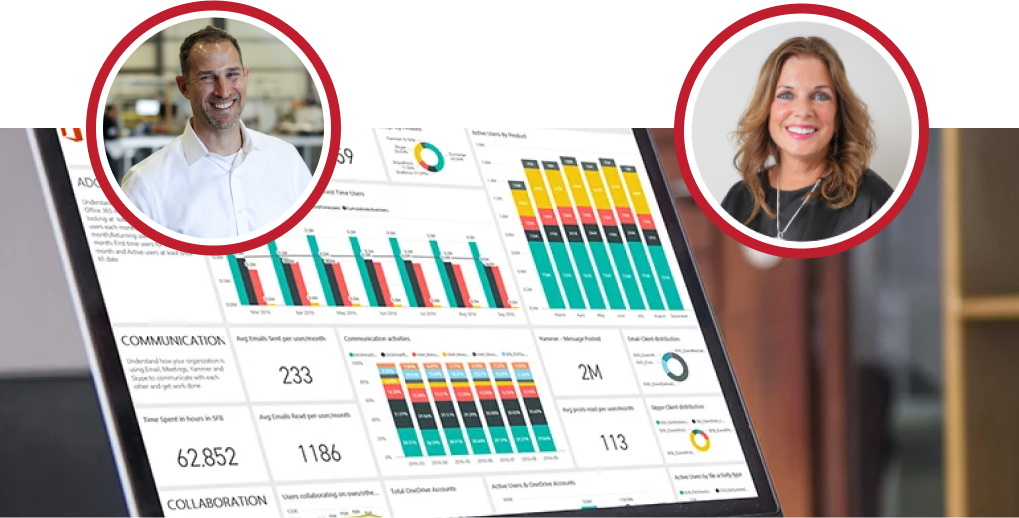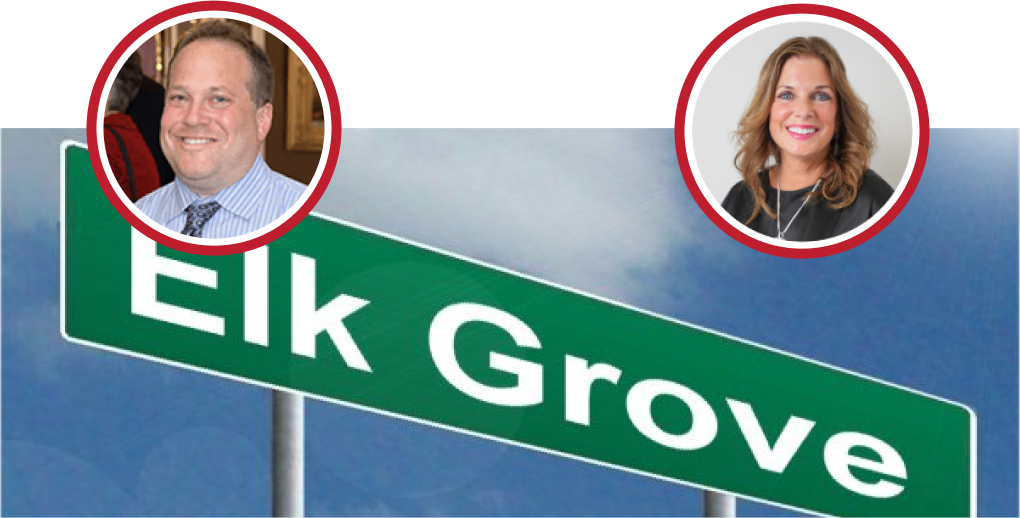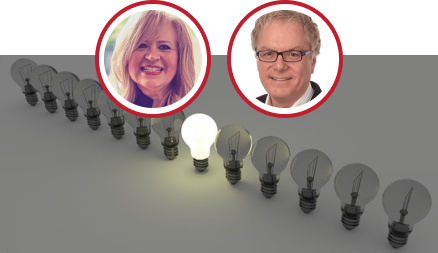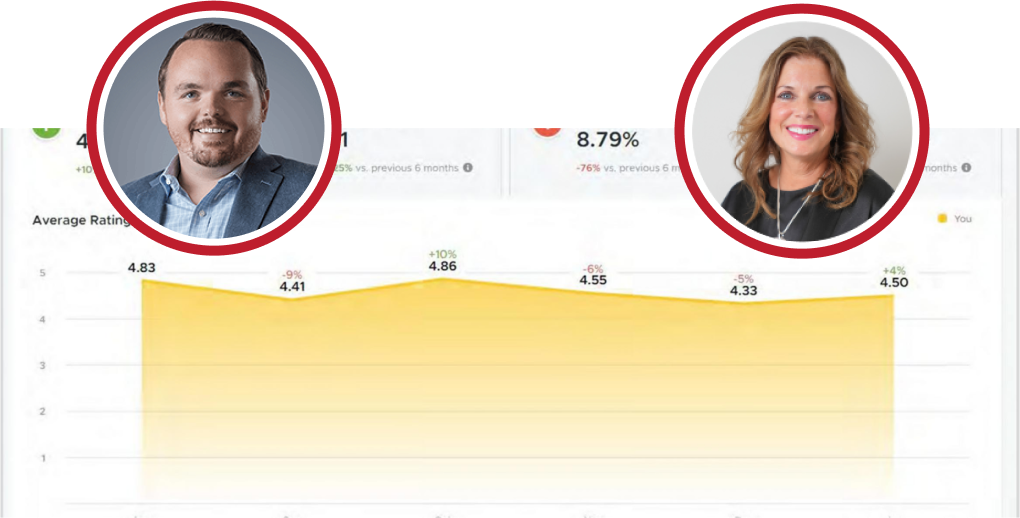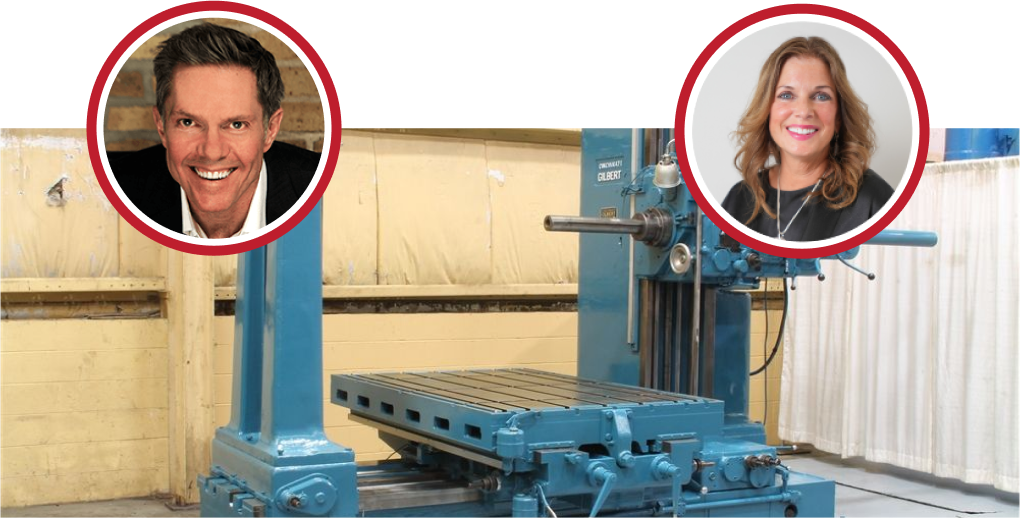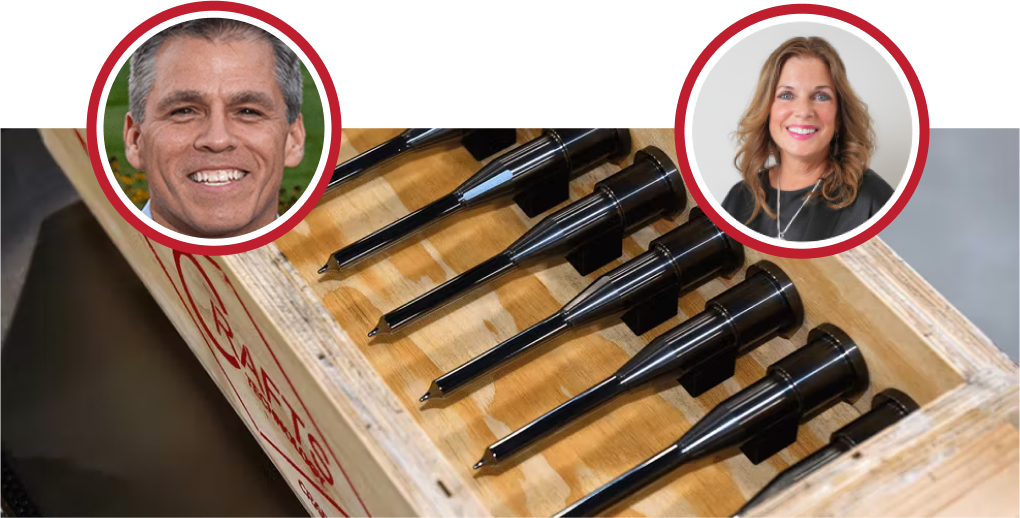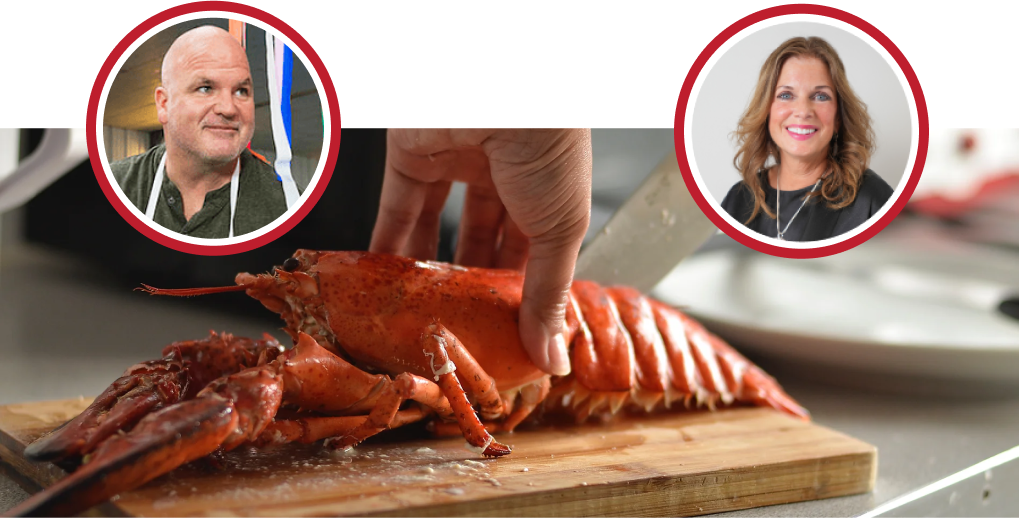Kathy: Well, hello and welcome to business as unusual. This is the live stream where we delve into the pressing issues and emerging trends shaping the business landscape. So we’re going. To get started in just a few minutes. But I want to. To let everyone know if you’ve got any questions, we want this to be interactive, so please add your questions to the chat. And I’ll try to get to all of them throughout the session. I’m Kathy Steele, and I’m CEO of Red Caffeine. And your host today. And for those of you unfamiliar with red caffeine, we’re a growth consultancy, and we build and execute grow-to-market plans for ambitious organizations looking to scale our service offering, including A fractional team led by a senior level. Marketing executive that enables a business to scale rapidly without hiring a full range of resources to move. Their growth plan forward. I’m thrilled. I mean, I’m really thrilled to kick out the year talking about putting customers at the heart of our business focus and being joined by Ryan Paul Gibson, CEO of Content Lyft, who is a seasoned expert in the realm of customer research. So, getting input from customers really seems like it should be a top priority for businesses. But as Ryan and I were prepping for this and talking before the show, this doesn’t always, you know, become a priority. And we hear things like we know our customers so well, but I want. Ask the question of, you know, do you know them? Process it, got it. Took them to buy from you in B2B sales and many high ticket B2C purchase decisions, buyers often embark on a long and complex journey, researching solutions for months and sometimes even years. I mean, we’ve heard people. They have purchased from us for in like 4 years, so it’s a very long and challenging process. And so this. Gives marketers both a challenge to get around as well as an opportunity. This extended timeline, you know, presents a challenge because you have to really build, build a comprehensive programme that effectively influences and engages with customers throughout. Their Internet turns their entire buying. Process. But the opportunity is immense, and so at Red Caffeine, we’ve seen firsthand the transformative power of aligning marketing efforts closely with customers, needs, and behaviors. So, let’s jump into the questions, Ryan. So great to have you here today. Could you tell our audience a little bit about you as well as the content? Lift and then tell us something that’s not, you know, on your bio something interesting that that that our guests would love to do.
Ryan: Oh, gosh, yeah. Well, first off, thanks for having me and manners be the first one. I hope I get the year started for everyone watching. I’ll go with you. The bio 1st, and then maybe I can walk backward into something that’s not. In my bio. 21 years in B2B. I took a small detour as an investigative reporter for three years in my hometown of Auto Canada, on TV and radio. I left that it was. It was a wonderful job, but it was not my calling. But I really crystallized how I approach a lot of my work now. I was heavily into research and sort of using that as the foundation of my go-to-market approach before, but that. It really upped the game for me, being able to investigate and peel back the nuances and layers of how things happen. So, then we went back to the marketing world. I started running a few marketing teams, went on my own five years ago, and three years ago, two months, two years, 11 months to be exact, is when I started Content Lift. And yeah, my main focus is really B2B. I call them and their interviews, but I call them investigations. And it’s really just trying to understand deeply. How and why your best-fit buyer makes decisions from the very beginning, identifying well this is a problem and then prioritizing to find a solution and working mine. Way all the way. Too close to 1. So that’s really the crux of what I do, and I work with. You know, I’ve run. I’ve now clogged it. I’ve clogged about 1900 interviews. I think in my career, sometimes as a reporter. But yeah, a lot of that’s a lot of that now is mostly to be. And then something not in my bio. My gosh, I have pretty much everything on my LinkedIn. I probably do much there, but. One thing that I don’t have in my bio is that I produced a documentary. I put that on the wall this past weekend, years ago, about the electronic keyboard. It was actually invented in Ottawa, and it’s on display. One of the museums here. So, I did a report. Sorry, it’s a documentary on the person who invented it a few years ago. It’s on Vimeo. It’s very small. It’s like 18 minutes, and it’s. But it was. Fun Passion project, right? So that’s not on my bio anyway.
Kathy: OK, I’m an I love documentaries. But you are the first person I’ve ever met who has produced one. So, congrats on that.
Ryan: Yeah, it was fun. It was good.
Kathy: Investigator background it’s, you know, it’s I I think it really leads you to be so, you know, thoughtful and inquisitive and. Curious when you’re asking questions, so probably those skill sets. At the same time, it might not have been yours. Dream job with those skill sets. It has really come in handy, and yours. Your current work.
Ryan: Yeah, I think so. It feels like it, for sure.
Kathy: So, I think. We want to. Start like at the top, kind of. You know, thinking about the B2B buying cycle, and I know you’ve got a graphic that’s on your website that we’re going to, you know, queue up for this discussion just to give people the sense of what we’re looking at. But you know how it is under, how does this? Impact understanding your customers and building a market strategy to really meet with them where they’re at.
Ryan: So yeah, this is on my website, it’s. A lot. I’ve borrowed a lot from a process, or a methodology called jobs to be done. And I’m not going to go too deep into it. It’s a methodology that’s been around for almost 3 decades now. There’s a lot of literature around it. There are dozens of books, but the. What you’re trying to do with jobs to be done is you’re trying to understand what it was, what is the thing that your customer was trying to do in the 1st place, that outcome, and what was the process of going from identifying that problem to getting to the point of identifying a solution they want to invest money in, right. And sometimes there are a few things they do throughout that before they land on you. So why I like this graphic or why I use this graphic in my work is if you look at where it says evaluation decision, that’s where we spend most of our time as businesses. That’s where most of. Our interaction with customers fails customer success. What have you that really colours?
Kathy: Right.
Ryan: How we see the day-to-day and influences the decisions we make, and that’s where we actually invent, invest most of our time in our budget. The reality is if you do enough work in B2B and understand buying journeys enough. Most of the time they start, you know, months or years before that sale occurs, they’re identifying a problem and deciding to build a short list, you know, months or years beforehand. And all these conditions and circumstances in the business caused that to happen. Well, what are those things? And then how can you influence them so we don’t where we lack, you know, resources and where businesses often don’t invest in is where buyers are making decisions. It’s just that second. There and because that’s where it actually starts. But we spend most of our time focusing on the end, not on the beginning. I like customer interviews because customer interviews are the key tool for understanding that initial part, the initial part of the journey of how they get from identifying a problem and moving all the way to an evaluation of a vendor.
Kathy: Yeah. You know, I’m curious a little bit about, like, that front half of the buying cycle. I mean, as we know, buying is not linear; it kind of starts here and goes back to the beginning sometimes, like how frequently are, you know, you are talking to people that influence buying decisions. As well as making the buying decisions, are there a lot of, you know, people that are in that research? The process that will be. Collecting data, maybe putting forth some choices that really aren’t going to be final. The final answer to the solution. The provider that they choose to work with.
Ryan: Can you rephrase that, Kathy? Like, do you mean businesses doing? That, or am I doing that?
Kathy: Yeah, I guess. I’m just curious about, you know, I think when we think about sales today, there’s so many channels there’s it’s so much more complex. And I’m curious about when you are coming. Are you doing interviews, how frequently, and maybe you don’t have, you know, exacting data on that? How frequently are you talking to the actual decision maker or the person who’s influencing the decision? Because I feel like that’s another unknown. Idea of who? All is a part of the process. Gosh, we. All hate it. When we get into what we think is the final, you know, board room, we’re sitting there, we think we’re going to close. Deal. And then somebody else. We had no idea it would be a part of the decision process.
Ryan: So in my work, I try to speak to the keeper, the key person in B2B. Historically, we often call that the champion.
Kathy: OK.
Ryan: As much as I can now, every business model is different, and industries are different. So, for example, you know I’ve interviewed. I’ve done work for customers where? Someone in an organization buys their product, but the users are never involved in the evaluation of the software. That does happen; it’s happening less and less. I think as technology moves forward and advances, software pretty much dominates the landscape for a lot of things, and you’re, and you know, you have people who are administrators. Users and buyers all in one now. So I like to focus, though, on that person who is probably there for the entire length of the deal, whether they are the major influencers there. Most of it may identify the problem. They might have designated it to someone to go and build the shortlist but then came back when it came down to evaluating who the vendors were. And the reason I like to talk to that person is they are the closest to understanding what this timeline looks like. Like, why did that big journey start in the 1st, 1st place? What was happening in the business? Why did you want to solve it? What were the approaches you took to trying to solve that? Why did those things not work? Why did you land on us? How did you get it? How did you find out we existed? What did we do differently? You know, all these things to why did you choose us as the vendor? At the end of. The day versus all those other options.
Kathy: Got it. Perfect. Thank you so much for kind of diving into the process a bit more. We’re going to talk about it. How insights can help build strong marketing and sales strategies So, you know, we really believe that deeply understanding everything about your ideal customer is the best way actually to build. More opportunities to get in front of a real customer. So yeah, you. You kind of say just talking to them doesn’t really do the job. So why? Why do you believe that because organizations should invest in customer interviews?
Ryan: I’ll start with a story 1st, and then I’ll sort of expand. So, I was working with a client years ago, and there was a product marketer, software company; software companies often have product marketers, and for people maybe not familiar with that with that function, they’re responsible for sort of messaging. Positioning how you talk to the market. And so on. So, they came. I was working on another project with them, but they knew that my Passion was this type of research. They came and talked to me and said I just had a customer interview. It was fantastic. Great. I was excited for them. And they showed me. Uhm, their insights from the conversation were 4 sentences on a piece of paper I like. OK, let’s start. Can you? Let’s pull up the recording. We can go through it together. Love to hear the questions you asked and what you learned. Oh, no, I didn’t record it. Oh my gosh, and. That’s such a missed opportunity because what they wanted to do was just talk to someone and have a nice, friendly chat about it. Did you like ours? Product, you know? What could we do better? And so on? And those are fine questions to ask because that’s very customer success related. You know you understand if you’re doing a good job as a company. But that’s not going to help you. Talking to them is not going to help you build out a go to market or marketing strategy because what you need to understand is how your solution fits into the process that they’re trying to achieve. You know, because most product B to B solutions, product service helps support a specific business. What is that process? What is it? How does it unfold within your best-fit customers day-to-day? How do they measure success in it? How can they? How do they try and get it? How do you do? They get from. One place to the other, those are the things that help you build a marketing strategy because that is where they first start to think about how they saw. They help better support that. Process. I’ll give you another example. So, I work with them. The software company here in Ottawa. Call the rewind. One of the processes they like to talk about in their marketing is called disaster recovery strategy data recovery strategy because they have backup and recovery software for major platforms like GitHub, JIRA, or Shopify. And the reason to talk about that and talk about best practices in thought leadership. Trends, things you need. To know because their tool fits within that process, right? Another example would be for marketers out there. You know HubSpot is not marketing; it just fits within the marketing operations process. You need to understand how all these things fit and work together because.
Kathy: Right.
Ryan: The job of a marketer is to influence that target market early on when they start thinking about these processes and how to improve them. And then show why you are the one who is leading the way for the things that you do best and events. That way, you’re able to succeed in all those things you talk about by staying on top of your mind. You know, by providing value, by getting on a shortlist early. So that’s why I like to say don’t talk to people. You have to do investigations. What are the specific parts of the business that you’re supporting in your clients? A general conversation about whether they like you or not is not going to help you unlock those insights.
Kathy: Right. No, I couldn’t agree more. And I think you know. We both, really. Love that. You know, there’s some sort of methodology to how we conduct customer interviews. What do you, you know, I think you guys have some direction around 5 steps or five pieces. That really kind of outlines the things that you should be considering whether you, I believe you’re doing it yourself internally, or you’re hiring somebody to do it for you, you should make sure that you think like this in terms of how they’re going to approach the interview process.
Ryan: So first you need. To figure out, you know, what are the types of. Interviews that you’re going to have, you know, there are different types of interviews of customer research interviews, because there are different parts of the business process, right? Different parts of the business are impacted by research and data, so. For example, if someone has churned out of yours. Product or your service. What you want to understand there is different than what you would want to understand if you’re interviewing trying to build a pipeline for acquisition and high qualified leads because there are different parts of the business. Your customer Onboarding and customer success. That’s different from using the service or having that service; you know how it impacts the business is different than you know talking about it like a win-loss interview. So, you have to understand where you want to impact the business, and a lot of that stems from what are your key metrics and your KPIs. What is it you want to achieve over the next quarter, two quarters, fiscal year? Maybe you want to increase your closing rate by 5%, right? Maybe the conversion rates on your landing page? Have they dropped over the last six months? Well, why? Right. So, you want to understand, like, what is it I want to learn? So, then you have to set a really strong research objective like that’s the first step to set an objective what I want. To learn what I want to talk about. The second thing is you want to understand who I am going to. With this research objective, what is the makeup of the person? Goes back to that type of interview I just saw. The types of interviews I just highlighted because someone who churned you doesn’t want to. To speak to. Someone obviously is still your customer. That’s pretty, that’s, you know, pretty straightforward. But for someone that if you understand the buying journey of someone, you don’t want to speak to someone that’s been your customer for four years, you want to speak to someone’s clothes in the last 90 days because their recall around the steps they took and how they got there will be more concise than someone who was your customer four years ago. Or someone might not even have purchased your service. Or product, but you’re still a vendor of theirs.
Kathy: Right.
Ryan: So you need to figure out who. You’re going to talk. The second is what you want to come up with, you know. A really good set of criteria around the conversation and map out your objectives like your, your teams, your themes, and topics. Right. So, uh, you know, if you’d have if your objective is our churn has increased by 5%, and we think this might be why, then you want to sort of list questions and topics of conversation that guide that discussion you have with the client? Next, you want to record it and you want to transcribe it and highlight all the key actions and phrases or key themes and findings, and you’re going to sort of consolidate that. And the last part is you’re going you want to write actions for every single thing because that’s. That is the whole point of why you did it in the first place. You’ve learned an insight. What is the actual next step you’re going to take within the business? Hold yourself to account because, like most things, you can do all sorts of work, but if you’re actually not going to try and incrementally improve the business, why did you do it? The first place is so. Those are the steps that I look at for how you really want to conduct a series of interviews.
Kathy: Yeah. And I think, you know, we’re always encouraging an array of ways to collect feedback from simple, you know, satisfaction surveys to in-depth interviews. But what is your thought about how frequently somebody should be doing these more in-depth interviews? I know what this is like. A little bit of softball because of it. Does depend, but you. Now do. You have. Does it make sense? Or can you give me some? Direction on that.
Ryan: Yeah, I mean. Once a year is always sort of the benchmark; that’s how we audit most things is, you know, once a. Year is any sort of busy. Just as an example. I spoke to a CEO today. And they have noticed in the last few they’ve been around 8 years software company, they’ve noticed that in the last two, their pipeline quality and the volume of the pipeline started to drop off a little bit. A lot changes in the market around you externally in eight, eight, not around 8 years, but eight months, right?
Kathy: Right.
Ryan: The way. Yeah, another way to look at it is, you know what, what I used to tell people, what was the total addressable market of video chat before the pandemic? What was it during the pandemic? Do you know what it is now? Right. It’s probably like this because markets are not static. Things change around you. New entrants come in; they take away market share. Technology evolves. ChatGPT is a really good example of something that’s totally changed the game in the last year, so you need to have your pulse and your finger on the pulse of the market. So once a year is, I think, the standard. But I think if you find a way to do more agile research, agility is important for almost any business every quarter or so. And you know, find new ways to, OK, maybe this quarter we’ve set an objective, a goal, an OK R to, you know, increase our customer satisfaction rates and NPS score by one. How? Are we going? To do that, and what do we need? What do we not know, or what is the information? We’re missing to achieve that. Right. So those are some of the ways that I think of using research sort of consistently throughout the year and the Nice part is for what I do, qualitative research. You don’t have to do a lot of interviews. To sort of pull out and extract insights, you know it can be done with a very small sample size. As long as. You have a very focused objective, and you’re really focused on the type of conversation you want to have and the learnings you want to get from that interaction.
Kathy: Yeah. And I mean, I love, you know, what you said earlier in that one example around you, know, that pipeline that was starting to get, you know, less qualified opportunities. I do feel like when you get good at it, and you start to really systemize sales and you’re generating revenue, it’s a lot easier to identify, you know. Where that’s where your gaps are versus everything’s a problem in sales, you know. So when you have it sort of broken down, and you know, you know, if the top of the funnel is your issue, at least then you can start to work a strategy to improve your talent.
Ryan: And if I may, if I may, Kathy, just on. That one of the things we often get pushed back on, and you touched on a little bit, you know, is we know our customers’ people will. Say that a lot. And they push back on. Doing this type of work, I’ve heard every reason and excuse in the book, and sometimes sales doesn’t want us to talk to accounts. Sometimes, we don’t want to buy a customer. We already know that. There’s all sorts of. Justifications people make. I have a. Lot of savvy researchers that I follow that I think do good work. I think this way is included. We actually don’t use it. The word research a lot in our work; what we do is align our actions to the objectives of the organization. So, for example. I always know how I see myself. I look at the core function of what I do as a way to help build a predictable and repeatable pipeline for the sales team to succeed.
Kathy: Yeah. No, it’s.
Ryan: That is a much different way to frame what I do than going to someone in an executive team and saying I want to change the messaging on the homepage. Well, why do we want to do that? And why do you want customers to know about that? What I want to do is say. I see that sales have told me because I’ve spoken with them as my respected colleagues and I want to help them, that they’re struggling to close these types of deals. I’d like to understand more about our best-fit customers so I can bring more of them in to help sales close more deals.
Kathy: Exactly. I mean, I think that you know, most organizations build systems around everything aside from sales. You know it when you meet an organization that really has a revenue generation system approach to how they’re going to market, they just kick as it’s just. You know, like. A night.
Ryan: It is.
Kathy: In terms of the. The feedback that we’re getting, you know, like to your point, there has to be intentionality to what you’re using that feedback for. I know we use it a lot in identifying ideal client profiles, validating value propositions, validating, positioning opportunities, and. Buyer personas are what? What are you or or some of your clients using that feedback to inform you or what are some of the outputs that you can think about in terms of interview feedback?
Ryan: It’s a lot of the same, but what I. What I feel we add value to is that we’re not guessing and making you know the hypothesis that we have isn’t ground; we are grounded in the voice of the customer and the actual process of how and why they buy. So, let’s tackle personas. For a second, because it’s a common term, they’re debated, the value of them is debated, and, I would argue, it’s really just if they’re not working.
Kathy: Right.
Ryan: You, it’s just a case of garbage, in garbage out. It’s a tool that you probably have not used well and have not. The data you’ve populated that tool with is not giving you any value. Let me give an example. I spoke about the company rewind a little bit. They’re here in Ottawa. I have a case study on my website that I use to showcase sort of how I do this work and the depth.
Ryan: Of how I do it.
Ryan: And rewind. When I did the project for them, they had just acquired a piece of software to tuck into their portfolio. They do backup and recovery software. They identified a GitHub solution that they thought would work great. So they went out and acquired it because it’s a great acquisition area. A great way to grow. So the intelligence we got from the founding team, they acted into their go-to market strategy for the sales and marketing team, but it wasn’t the deals that were not coming in at the rate that they were anticipating and you. Could tell just. This chatter from the sales team. You can see something was off because sales are off in the Canary. In the coal mine, if something is wrong so. I spoke to the CMO and I got tapped to go and figure out why this was happening alongside one of their product marketing managers. The reason I say this is because I gave this example is because we identified that we were missing key parts of understanding how they made decisions about using us versus other solutions that they could have used, even internal solutions they built themselves. So then we knew how to position properly, and we knew how to tell the story differently. And the story we told that we were not told before was that all these people were trying to build their version of rewind in the house. But we knew why they would fail from the technological standpoint and from this to the resourcing standpoint. Because we were the experts in this domain. So we changed the story. I helped them rewrite a lot of their ad copy. I helped them revise their landing pages, helped them, you know, tell different narratives. And installs of the product doubled within the. First few weeks of us. Doing that is very small. Small things of just talking to customers.
Kathy: It’s so amazing because I do feel like there’s so many times where, like, an idea gets killed because it gets into the market, and it’s like, oh, this isn’t working. But if you really, you know, dig into and talk to people about why something is not hitting the mark. Sometimes, it’s just a restructuring of the messaging. Positioning of something. Be, you know, absolutely game-changing. So that’s unbelievable.
Ryan: So how do I use a lot of this to answer your question? How do I use this information so I use all stages of the journey to go back to the graphic that we showed at the beginning? I will use it to inform the sales motion. I’ll use it to inform sort of that middle ground motion while people are building short lists and trying to understand what their best approaches are and I’ll use it. Thank you very much. We’ll use it at the beginning. When we start talking about the category, you know, what are trends happening in that category? What are you? Know what executives like. They peer around corners. How do we do that? And we talked about the overall business processes I mentioned. Do you know what are the larger business processes that we fit into? How do we help them get better at that? Do you know what our best practices are, who else does a good job, and how can we highlight that with our partners? And all this is grounded in Cathy’s in the exact way of how they evaluate that process, how they, you know, evaluate their approaches and decisions around solving challenges in that process and then get to a decision. So, Everywhere I throw the dart and invest my money, my capital and my resources are aligned. That buying journey?
Kathy: Yeah. And I mean, there’s some even, you know, we use a number of things internally, but there are some great templates out there that kind of step you through, and you can have like what you give what you get. You know those types of scenarios in the process. So I love that and so. I’m going to ask a little. It is a bit self-serving. Question for both of us. But you know, I strongly believe there’s a lot of value in having a third party do some of this interview. You know, I don’t prescribe that everything has to be a third-party party. You can do some interviews that are, you know, directed by your internal team. But talk us through it and I guess, here’s why I do. I agree with you that I feel like sometimes it’s very uncomfortable to give feedback to somebody that you know you’re going to have to work with again. And it’s not like you want the relationship to end, but you really want the, you know, the relationship to improve. Certain key areas, and you’ve got some great, valuable insights to share about how the business could perform better. But you feel a lot more comfortable just telling somebody that you don’t know those types of things. And so, you know, what are your thoughts about the pros and cons of an external party versus an internal process?
Ryan: Well, yeah, I get the self-serve in nature, but to be honest, I want companies to do this work. Or else I wouldn’t be passionate about it. I do have this. This is the self-serving plug that I have on my website. It’s called a DIY guide, and it’s my entire process from the cradle to the grave because I want people to sort of understand the importance of this when it comes to their marketing strategy and how they, you know, are de-risking and making bad decisions. In the business, because that’s really what I want people to do. That said, What are the pros and cons maybe of doing it yourself? Well, the pros of doing it yourself are you understand the business better than I do, right? You have access to the customers better than I do. You can have. The ability to. To ask more pointed questions, the cons are, you know. Yeah, interviewing is a technique. It’s a skill. I have the luxury; I’ve just done so many. There’s a muscle. It’s sort of like a skill set. I’ve formed that a lot of people do not have, and I’m. If you go into my guide you, see how I interview because I give examples of myself. Actually, I do quarterback commentary on my interviews for people I do, like play-by-play and the guide, and I’m showing them like. Why I asked that question at that point, what I’m writing down at a certain point, you know how I’m getting past certain answers and digging into biases. Because those are things I’ve learned over time. So there are pros to doing it in house pecans, hiring a third party. You’re right. I will get more honest answers typically. And also people. There is a tendency for people now to be hyper concerned or hyper-aware of being sold to, you know, almost like a bait and. Switch, and you see that happen a lot. Now, I actually had someone reach out to me wanting to do research, and it turned into a product pitch. And I was like. That type of thing people are very concerned about. So, but so you have someone who’s an expert. If you’re outsourcing, you have some, like, who’s an expert? I’ll probably get more honest answers. I will probably do it faster. The fastest I’ve turned around our project is in nine days, whereas in the house, I know people are juggling many things, and that is always the way, and I understand why that is so. It could take them three to four times longer than it would take me. I can get you insights very quickly. But there’s a. Cost to me, right?
Kathy: Right.
Ryan: Though it’s all a matter of sort of what makes sense for you and the. Business I have approached all different ways so you can hire me to do it as an outside source and service, but I also help coach people. I’ve done that where I sort of work alongside them so they can take it. All my knowledge, and they know how to do this work in the future, or they can just learn. I give it my all. Brain into the guide or in my guide and sort of run with that, and you have lifetime access. So I just want people to be able to access the knowledge around this and the outcomes that it gives you.
Kathy: Yeah, and I. Know we’re using some of your thinking internally, so yes, you are. You’ve got some really strong recommendations on how to conduct this. So we’ve got a question: which? It is perfectly setting us up for something else that you have on your website. You got 184 questions.
Ryan: I love this. It’s coming.
Kathy: Yes, so.
Ryan: Yeah, it’s a pity. Ask your question. I cut you off. Kathy, go ahead, please.
Kathy: No, no. So. You know, we want to kind of go through the types of questions you have because you’ve got so many. I think we have a graphic that kind of steps through the you know, the many things that you could be asking when you’re in. Obviously, we know people don’t have a lot of time, so it. Has to. Be very focused on the objective, but you know. Talk to us a. Little bit about how you’ve split. Well, you know, some of these things touch on a few of the ones that get the most meaningful outcomes.
Ryan: Yep, so this is. The top question I get is funny enough, right? What are the best questions to ask? The answer is there is no best question. Your job as an interviewer is an incremental series of discussions and inquiries within that environment. This sort of extracts what you need; I think where people get tripped up is when they try to cover, too. Much ground at once. You know, there’s so many ways that we interact with the customer and a buyer and there’s so much depth you can cover. If people. Are not familiar with this format we’re in now, which is sort of one-on-one conversations throughout 45 to 60 minutes. If you’re not used to doing them, it’s amazing how quickly that time goes. Right. And humans, by nature, don’t typically answer questions directly or have recall of things that happened months ago. So you need a process and a system to sort of, you know, get, get into the mindset of them and sort of extract all those things that have happened. So these are all broken down based on either the types of interview you want to have or lines of questioning that will help you learn things and then act in the business. Right, so the roles and responsibilities of your best-fit buyer priorities and success. Or, like, where do they spend their time, you know, where do they spend their money? How do they measure success in the business? How do they measure success? The rural role. Why are those the markers of success measurement? You know, how do the other teams measure their success, pains, and anxieties, or sort of the fears and challenges around getting those priorities accomplished, right? And so on? User experience #14. How are they using your product or solution? You know, customer discovery is, are you entering a new market? How do you know your product solution is fit, is there all, is there all different things? But for me, what I do is sort of helping build the acquisition pipeline, you know, go to market acquiring new buyers and turning them into customers where I like to focus on four or five and six. So, buying triggers and how they research and evaluate. Especially buying triggers because those are the catalysts that we talked about in that first graphic. Those are the stakes right off, and they start where they start to identify. I have a problem here, and I really need to solve this well. Why does that problem exist in the 1st place? Tell me about your business model. You know why this is?
Kathy: Right.
Ryan: Important within this process; tell me about this process. How does it work? Right, who’s involved? You know, how does this impact the business’s overall objectives? How do you, what are the challenges that pop up, right? So there’s all these things that you have to really understand. So I hope I answer the question, Kathy, but these are all different types of conversations that you could have for an hour. You could have a whole half-hour conversation on the roles and responsibilities. Now things will overlap sometimes in your discussions, but these are key focuses for me because then I can actually zero in on what I want to learn and then impact it.
Kathy: I know, I absolutely agree. I do think, you know, setting up that hypothesis of what you’re trying to solve for and, you know, being more pointed in the types of questions you’re asking and really getting. You down to the? Route of being able to fill in a buying cycle or somebody’s customer experience from end to end. Somebody’s asked a question about integrating this and part of their marketing efforts in a business. Do you have any thoughts on how you can encourage?
Ryan: Yeah, yeah. Yeah. So, I’m going to cover a few things here. Especially if it’s an environment where you’re not doing this and you’re getting, you’ll run up against some of those things we discussed earlier. Objections. Internal objections to this process. You know, we know our customers. Oh, no. Sales does that, or we don’t want to bother them. Customer success does that. What do you do? Do you want to talk about it? First off, you have to understand what it is you want. What do you want to learn and why? Like where have you identified? Are there gaps in your knowledge of the business, and how do you want to leverage those insights to accomplish what you need to accomplish? That’s the first thing. Then you want to approach your colleagues about sort of setting up a cadence to try and get in front of customers, and in the early days, it could be maybe you’re going to. Join sales calls. Right. Because you just, you’re sort of just getting people comfortable with the Idea of you getting involved. This part of the business, you know, customer research, customer discovery, and you’ll take some of those insights from the sales calls, and you’ll use that to improve your sales enablement maybe. Some of your landing pages create a new case study testimonial. What have you? The next is you. Then you want to set up either a cadence for you going and finding these customers yourself. And again highlighting what I want to know. And who? Or helping your other teams identify when there’s an opportunity to talk to them. Customers who can Fulfill that type of objective you have, right? And start small. And then just document everything and share all your. Insights with people because I will guarantee. Table Kathy, as soon as you start sharing these types of insights with your colleagues. It changes everything. People have an appetite. For this stuff, it impacts all their work as well, Right?
Kathy: I mean, it’s the most impactful thing I think we do, like a research and findings presentation around or.
Ryan: Yeah, absolutely.
Kathy: You know, we have people, you know, we talked about personas. They’re like, I know who. That is, you know, who is on their client list? But yeah, I think you mentioned some great things. We use survey data to extract content themes. So, what is an issue within your organization that you know we’re seeing many customers mention, and how are you going to resolve it? When you resolve. It and you don’t even know; you don’t highlight that you resolved it. Because you’re listening to customer feedback, then you’re, you know, not really taking advantage of that insight that you learn. So, and I think, you know, there are just so many different areas that are asking questions, you know. Using somebody else who’s an expert in it but integrating it into your work process and workflows, I think it just brings so much insight to kind of tweaking and improving all of your sales enablement. Geez, so post. Pre somebody being your customer and you know to post their first experience. With you, you know, keeping them engaged and not, you know, keeping them as a. Customer long term.
Ryan: Absolutely. And what I will say at the end is as you learn new things, make sure you have it accessible for everybody in one repository. One of the things I’ve really seen work well. If you have some type of internal document, you’re welcome. Whitney, you know, like confluence, you know, or just a Google doc or somewhere where there’s like, an internal repository where people can. It’s like the main Bible of your knowledge. Then that helps everyone. One of the things I’ve actually been working on is integration. Action with ChatGPT in Slack and what I’ve been doing is uploading my client’s information that I get for them. So everything you would see around these types of topics is deeply ingrained in voice, customer work, and how and why they are. Buy and you can ask questions in real time. So it’s like a live buyer persona that you actually don’t have to go and find the information yourself. You just query the chat TBT in your central operating system like Slack or Microsoft Teams, and it spits back the knowledge you need to decide at that moment. So, as long as the key thing is once you get these insights, make sure that everyone has access to them in some way.
Kathy: Yeah, I love that. We’re doing some similar things with ChatGPT, so we’ll have to talk offline and share.
Ryan: Yeah, we will, absolutely.
Kathy: Grids. So, let’s get into kind of the last series of questions, talking about how interview data really can help impact your growth strategy. Let’s see if there is something that you can share that you’ve done that has used interview interviews to reengineer marketing. Strategy. Is there anything you could share there?
Ryan: Well, I talked a bit about rewind a little bit, and I think this is a really good example where, you know, we didn’t have all the answers right away in those first sets of interviews. That was learning over months where I did, we did one sample, we learned some things, we implemented some of the insights, and we went back. Right. And we learn more. And as we wanted to move up the market, which a lot of companies do and how you define a market can. Depends. There are a lot of ways to define upmarket, but we want to sell to larger companies. We really started to refine more and more around who our ideal buyer was, where they sat in the organization, and, you know, the processes they cared about. So, this past summer, I was working with their Chief Technical Officer and pitching him to talk about those key learnings and findings in the market to then get in front. People. And then, you know, get them to some of our collateral, whether it’s an e-mail newsletter, maybe it’s a webinar, you know, they’re in our system now. We can send them things, and when they’re, we’re top of mind for them in the category. But I will give another example, Kathy, where I was working with a software company in Europe. They were debating who their best-fit customer was, which happens a lot at the leadership table. Do you know who it is? We need to talk to them and ask why their business was dealing with automating the process of chargebacks. And if people are familiar with chargebacks, that’s when someone can dispute something on the payment they made online, right? And the bank will automatically refund you the money, and the vendor has to go and work with the bank to prove that the sale actually happened. Well, some people use that process as a way to defraud companies. Hmm. So, they said. OK, well. It’s either going to be cyber security directors, or it’s. It could be maybe customer success directors because some of those teams are using our product, too. When I went to interview the cyber security people, they couldn’t care less about, you know, the few $1000 they were losing per month after the fact. What they cared about was spending all their budget on keeping people out of the system who were bad. Actors, and we mentioned getting money back after the fact would chargeback. They’re like, no, I don’t care about any of them. Who cares? Customer success teams, when I spoke to them, they said this is a nightmare. I’m hiring an extra headcount. I don’t know how to train these people. I don’t know how to do this process. I can’t help customers anymore. Help, help, help, help, help. So my recommendation was to focus there, and there were all these opportunities they had in the market around content, opportunities around things. Their competitors were not doing what they could do. So that’s how you sort of reverse engineer these things if you understand how they’re making decisions and how they think. So then you can sort of take those insights and then? Push that into your marketing and sales strategy as you build out the company and build out all your assets and programs. OK, answer the question.
Kathy: Yeah, I think it did. I thought it brought on. In one of the surveys that we had done, we had been working with a client that had made multiple acquisitions and a really fast timetable. It was a lighting product company, and they had a lot of backlashes from some customers. Clients or some of the companies that had been integrated into the? New business and so we used customer surveys. To really iron out. Like what that. What the missed expectations were, and how could we improve their buying experience or their research experience? Because a lot of them are reliant on products, facts, and things. As you know, back in these lighting solutions into their large-scale project. So it was. It was, you know, something that provided immense value to the buying experience but also, I think, just provided a lot of goodwill. I mean, you know, if you are getting feedback from your clients and you’re just ignoring it and doing nothing about it, I think that that tells one story. But we all make mistakes, so I think it was a really valuable learning opportunity for us to take that customer information and really. You know, going back to the web experience, you know, really reorganized how information was being showcased and improved the buying and customer satisfaction with the brand. But it, you know, so there’s so many. We always think. We’re, you know, putting that best thing out there. But I think using insights and refining. Experiences are a huge opportunity. OK.
Ryan: Yeah, absolutely.
Kathy: Like you know, let’s kind of wrap it up. We’re getting, you know, close to time. Are there any top things that people should be thinking about as they’re planning for this year? Tell us, you know, what would and in terms of prioritization, you know, you know. Getting the type of feedback to get from your current customers or prospects.
Ryan: Yeah, I mean. Well, that’s a big question, so I think. If you’ve never done this work, then you sort of have to set the stage of why you would do it. I am more. That’s what I’m looking for. You know, I don’t always follow the rules internally in the corporate world. Historically, I’m a. Bit of a. No, say black sheep. But you know, I sort of beat my drum. So often, I would just go and start doing; I’d pick up the phone and start calling customers even when I was held off for a bit because I just needed to understand. I’ve always historically just had an obsession about how. People make decisions. I don’t recommend it to everybody. Though because they can. They can ruffle feathers, so I think you want to understand. Like what? As I’m going into 2024. And we’re looking at our objectives, you know, a lot of people have set them either last month or just finalizing them now. And you’re looking at the scoreboard. Ask yourself, do I have the information I need to move that number? Or succeed where I want to succeed in whatever objective or task I’ve been. I’ve been given. If you don’t, and you think that you know, research. Whether it’s a survey even. Great survey that I do customer interviews is going to help move the needle there. You have to build the business case for why your time should just be spent doing that, right? And then why that’s vital for you to achieve that objective. I’ve seen it too many times over two decades where marketing teams get tasked with wanting to increase the number of leads by 20% this fiscal year. Great. How are you going to do that? And they just said doing more of it. The same, right? And then sales just end up. Buying more like. And you know, there’s just a frantic frenzy to try and scrape together leads and hit quota at the end of the quarter, like what a, what, a nightmare year after year. And, like, anxiety that causes, so I think. But you can’t just go out and. Say, I’m going to talk to customers and do what I want. You have to say, OK, here’s our plan. Here’s the data I’m missing to achieve that plan. I think if we have this data, I can. Do this, and I want to. To test that in the market. Right. And you start small. You know, I gave the example with rewind. We didn’t change everything. We just did a few small tests right to see the signal we would get back, and we were luckily right. So, figure out what your big hairy goals are. What are the KPIs or objectives to like? Meet those? What misinformation are you missing? To impact those things and then. How are you going to go out and get it?
Kathy: Yeah, well, so we’ve got another question before we wrap. Would you recommend and apply this approach to see customers?
Ryan: Yes, I started in, like, BBC. I’ve run some B to C projects and. Uh, you know, there are sometimes there are often like a bit of a different animal in some ways. Depending on what the purchase is. There Are so many of them. A lot of what you’re doing with you there is probably. Like brand and identity. Type questions like Why do you have an affinity for this brand? Let’s just take, let’s take coffee. You can get a coffee at Starbucks. You can get a coffee at Dunkin’ Donuts. Why do you go to each? The right part of it is the taste and the quality of the coffee. But why else? Right. There’s a reason we choose consumers. Product X over consumer product Y. A lot of it is emotion. Some of it is an affinity for a brand, but you can still have people walk through some of the decision-making processes around these things. I did one for a coffee shop a few years ago. And what we wanted to understand was, do they? Are they coming to us because there was a small shop in Ottawa, so like 14 locations, you know, like when those newer cafes where it’s like what we’re looking for especially. And we want to test whether they are coming to us because they like us or they just do not want Starbucks. They don’t want like they want, like, the quality connoisseur experience, but not like the giant corporation.
Kathy: Right.
Ryan: And it turned out they just didn’t want Starbucks, but they wanted, like, a good cup of coffee. So, you know, there’s all these things, but that’s not what they thought they thought they had built something that was, you know, driving their decisions based on what they did. It’s more of what? The customers didn’t want as opposed to what they were doing if that makes sense. So you always have to have, you know, yeah, you can use this in B2C. I think the one caveat, though, is sometimes purchase decisions are a bit more shallow than B2B, where B2B has more people involved, there are more stakes, and sometimes a piece of software can be. Sixty, $70,000 annually. Renewed right? So, they fit within a certain structure and process. So, I’ll often see how I look at B2C. Maybe a car or a sofa or. Right. A house, right?
Kathy: I think that the price plan of a B2B. Or a B2C purchase. One factor I. Also, think of things like wealth management that come to mind when you’re choosing somebody that you really want to build. High trust with I I feel like that type of purchase could really be, you know, be informed by understanding why.
Ryan: Yeah, that’s a great question to ask people, actually; just as we’re wrapping up, I’ll ask that. What made you trust us?
Kathy: People are working. Right, yeah. Trust and credibility.
Ryan: That question. It’s a banger. Like it’s like the answers you get, yeah.
Kathy: Just on the list, or do you? We got to.
Ryan: Yeah, I think. I hope it is there. I hope it’s there if not.
Kathy: OK.
Ryan: You have it now.
Kathy: I cannot, you know, the time has flown by, as it always does. But this was so interesting and engaging, Parker. Would you mind putting up how people can contact Ryan if they’ve got further questions? We, you know, Ryan, just so you know, I don’t know if you saw it, but Bill said. That this was the best session. 2024 and the first session, so I don’t. Now we set the.
Ryan: Yeah. Thanks, Bill. It’s the only one so far, but. I do appreciate it exactly.
Kathy: So if you want to, you know, have a question for Ryan that you want to ask directly, please feel free to reach out to him. He shared his contact details here, put business as unusual in the subject line, or mentioned it in a LinkedIn chat. And so he’ll know that you’re cool when you contact.
Ryan: Absolutely. I’m pretty responsive on LinkedIn. Just reach out, I try to answer everything. I just want to. I just want to help, right? Like this is a lot. This is new territory for a lot of people. They’re always a little anxious about like, you know, you know, starting so I’m, I’m always here.
Kathy: It would. Yeah, I think it is, you know, the same with us. I mean it it’s it’s it’s it’s where do you start? You know, I really feel like this is such an important aspect to people’s plans and strategies like don’t be afraid of hearing feedback because it’s, you know, really going to be pivotal to your strategy. Moving your business forward.
Ryan: It’s the only way to get better, right?
Kathy: Exactly. Exactly so. All right, well, you know, I want to. Kind of talk about what’s coming up next, but first, I want to thank all of our sponsors. As you know, we really appreciate their support and disparity, and three HR sources have been our long-term sponsors for Business Unusual. Thank you. We’re looking forward to integrating you this year into our conversations. And then Next up on. On February 15th, we are going to be getting kind of narrow into navigating the future of SEO. There’s been a lot of changes, and so this session is really going to be for businesses seeking to enhance their marketing strategies in this increasingly competitive online environment. We’re going to feature one of our own. Our SEO expert, Victor Lopez, is going to be in this session, and he’s going to talk about the latest SEO trends. So, we understand how these new trends are going to impact digital marketing and organic. Traffic, we’re going. To talk about whatever. He’s talking about AI and how it integrates with SEO and learning to adapt our strategies to align with some of these AI advancements. We are going to give some practical SEO strategies that you can use for content optimizations. And user experience. And then you know really how to get better at search, engineering rankings and engagements. And then, we’re going to look toward the future of SEO and equip your business with some foresight into SEO’s trajectory for strategic long-term planning. So I want to. Thank everyone for joining us for this business as an unusual live stream. Again, I’m Kathy Steele, and it was just such a pleasure to be hosting this conversation with you, Ryan. I really enjoyed it, and we hope these strategies and insights shared today are going to empower you to align your marketing and your sales. Efforts more closely with your customer’s journey and drive meaningful growth for your business. Remember, the key to success in marketing is understanding and engaging with others. Your customer at. At every step of their journey, as we talked about today, we encourage you to apply the learnings. Today’s session and keep. The new ways to put your customers at the heart of your business strategy for more insights and resources, feel free to reach out to any of us at Red Cafe, so let’s continue to challenge the usual and push towards innovative customer-centric business solutions. Until next time, let’s keep building businesses that people want to work with. Four. And with that, we’re out.
